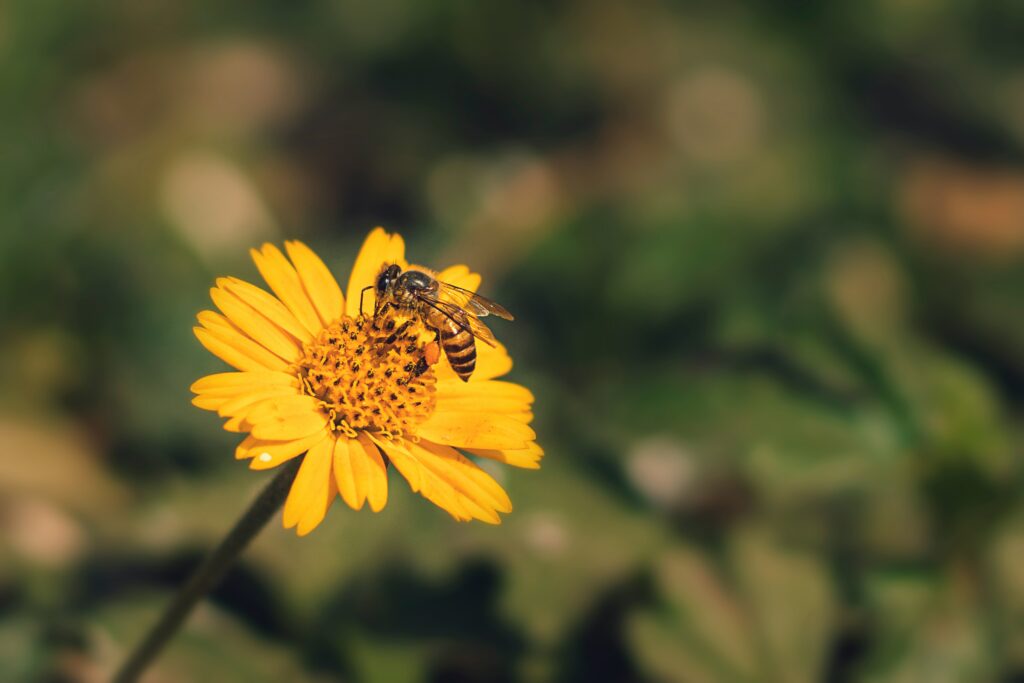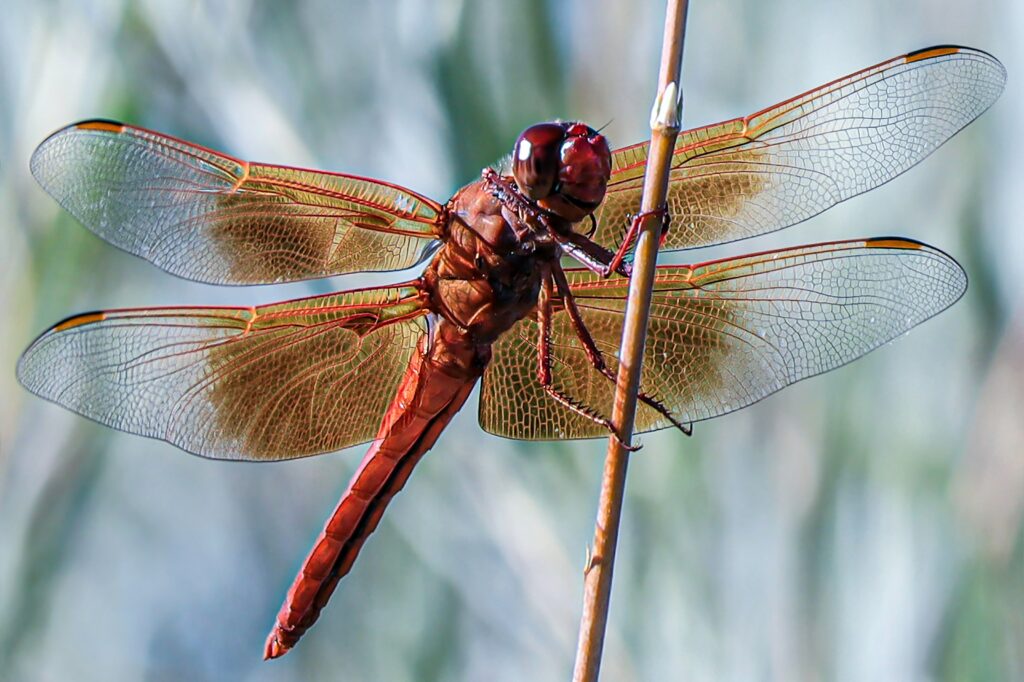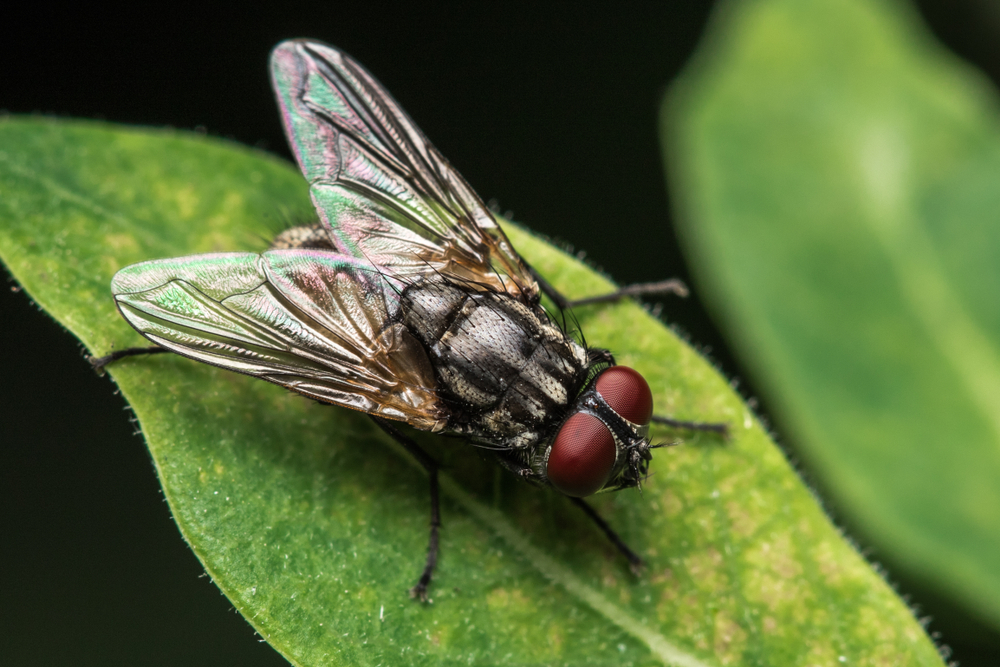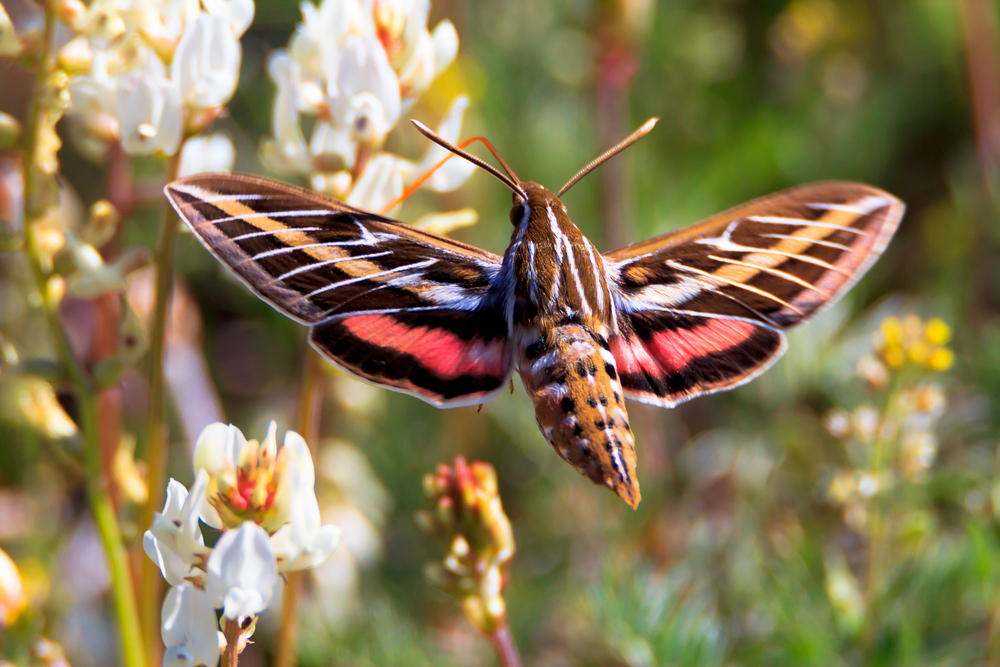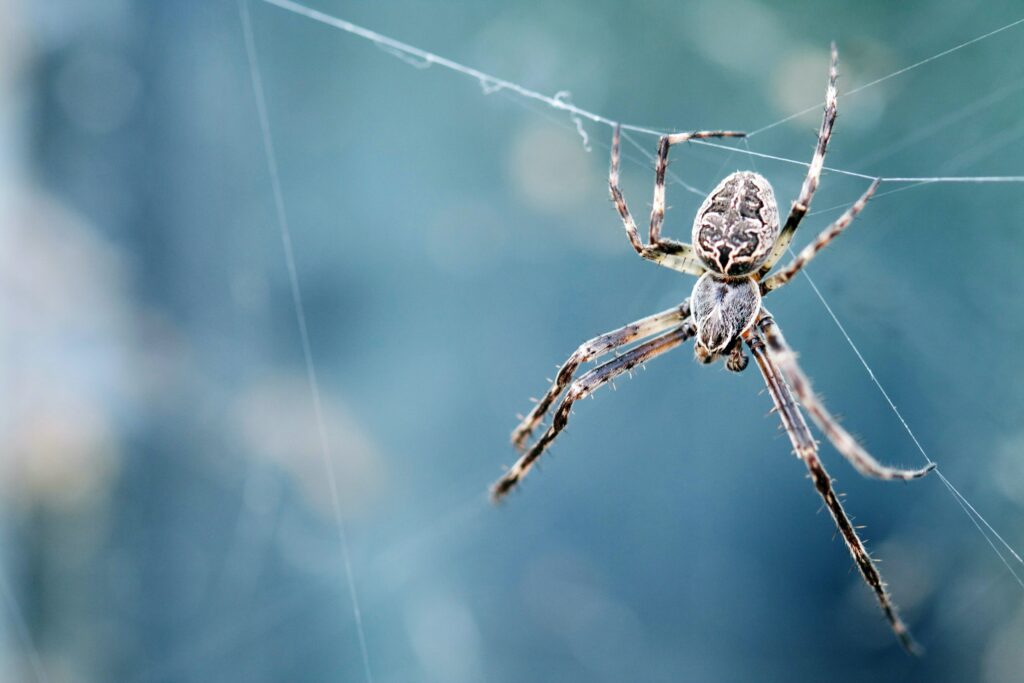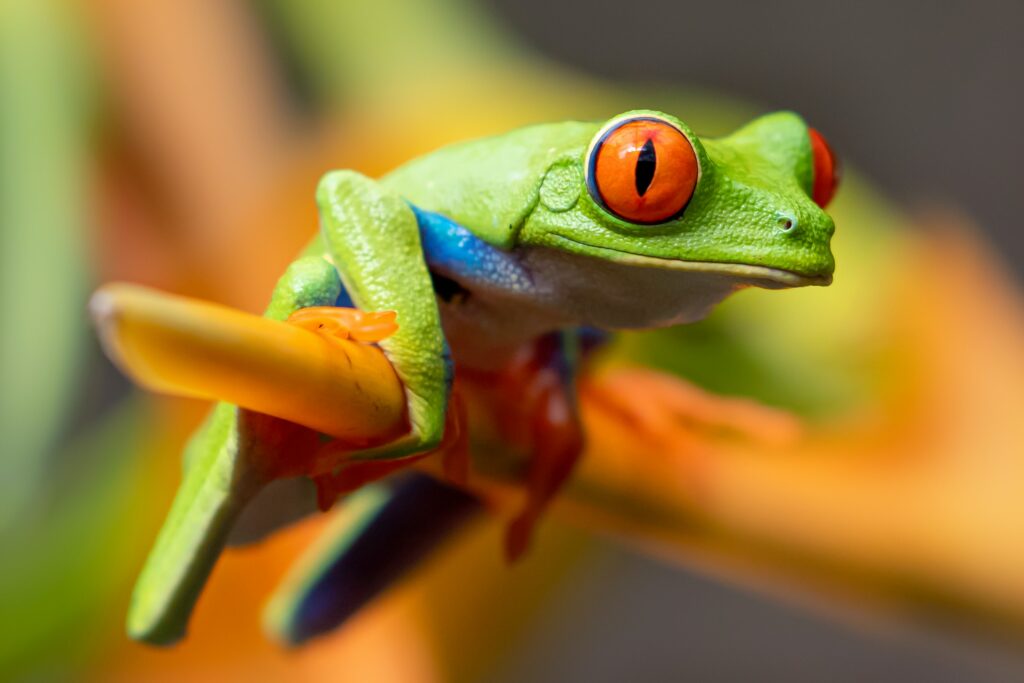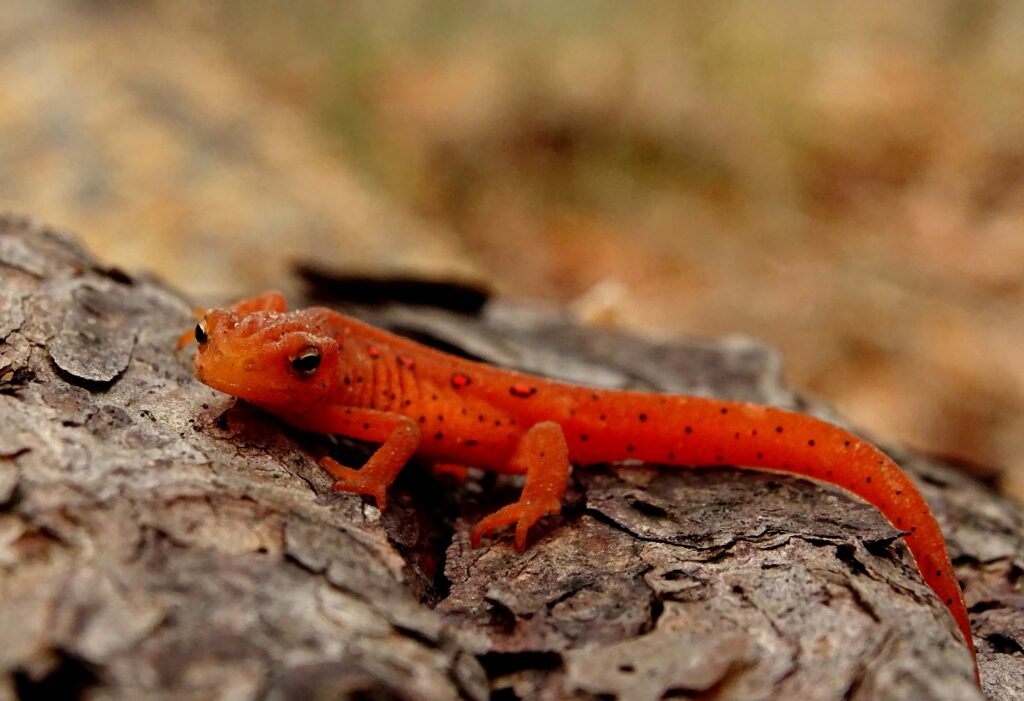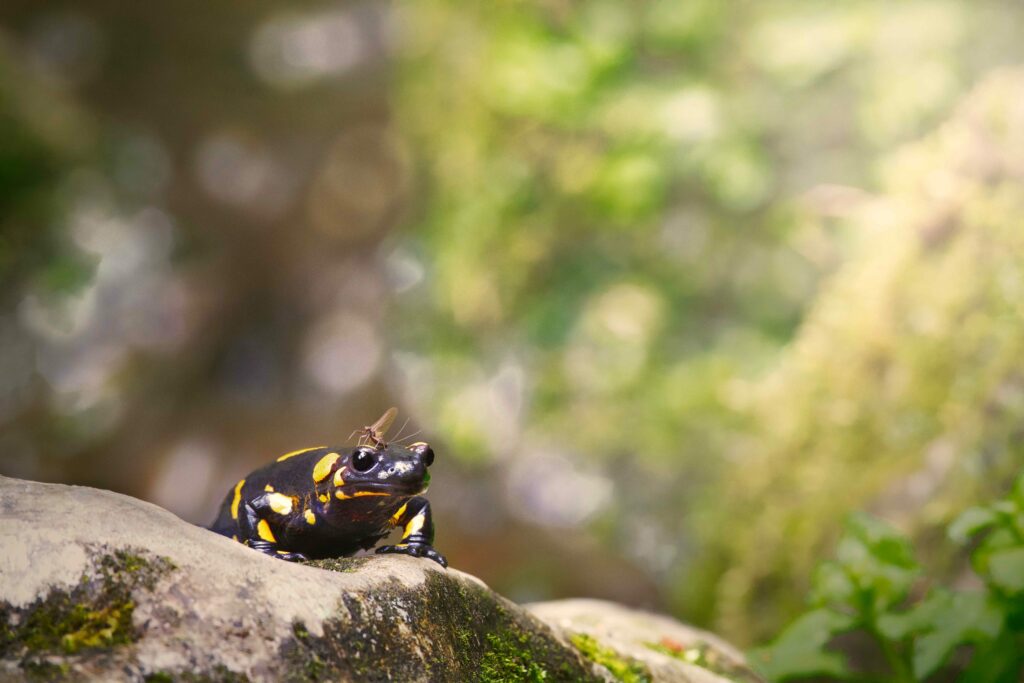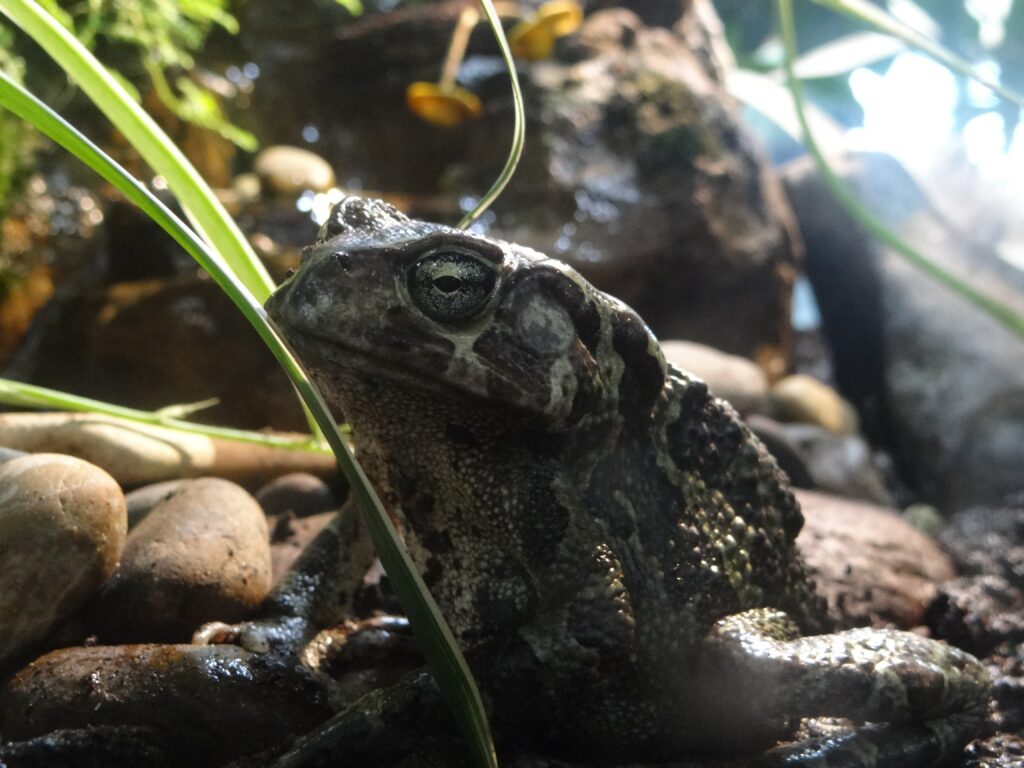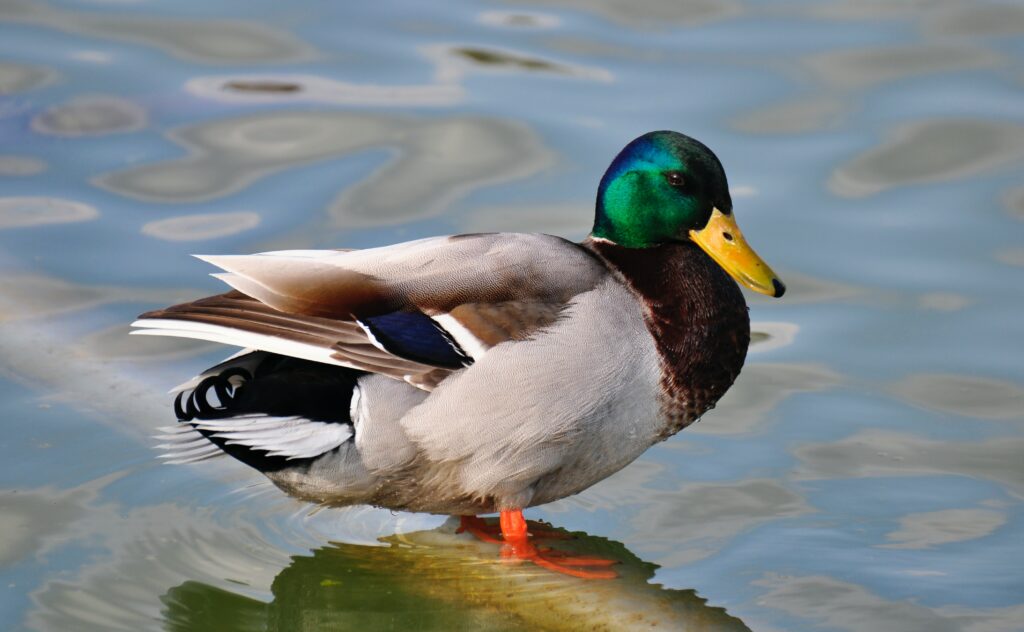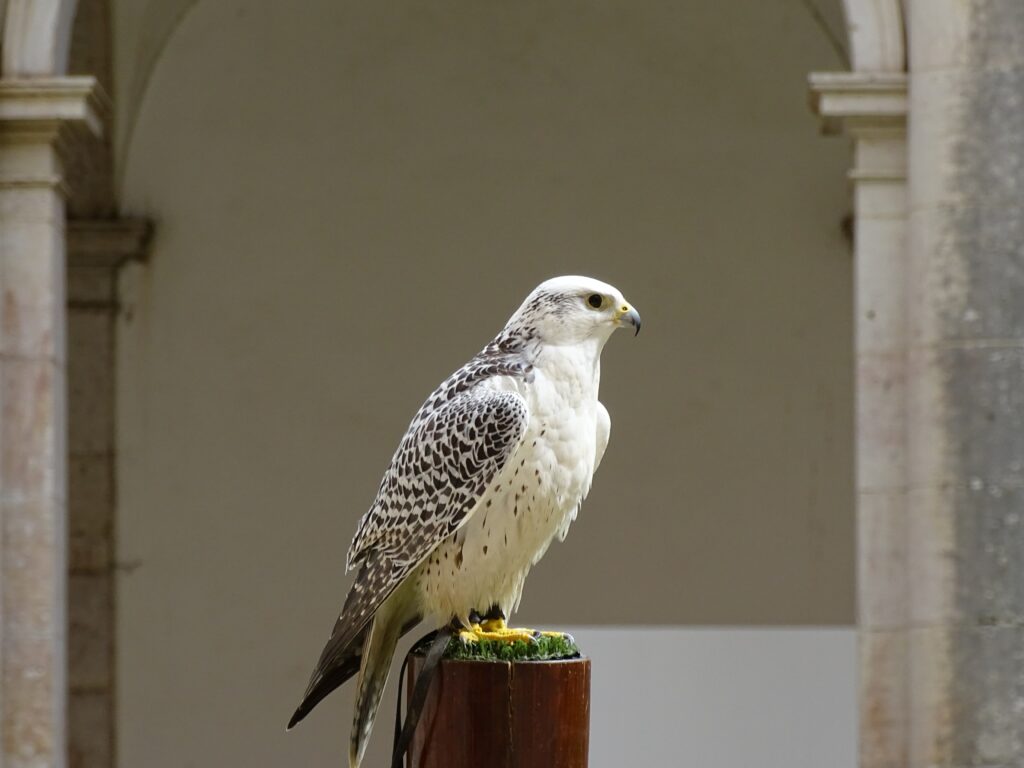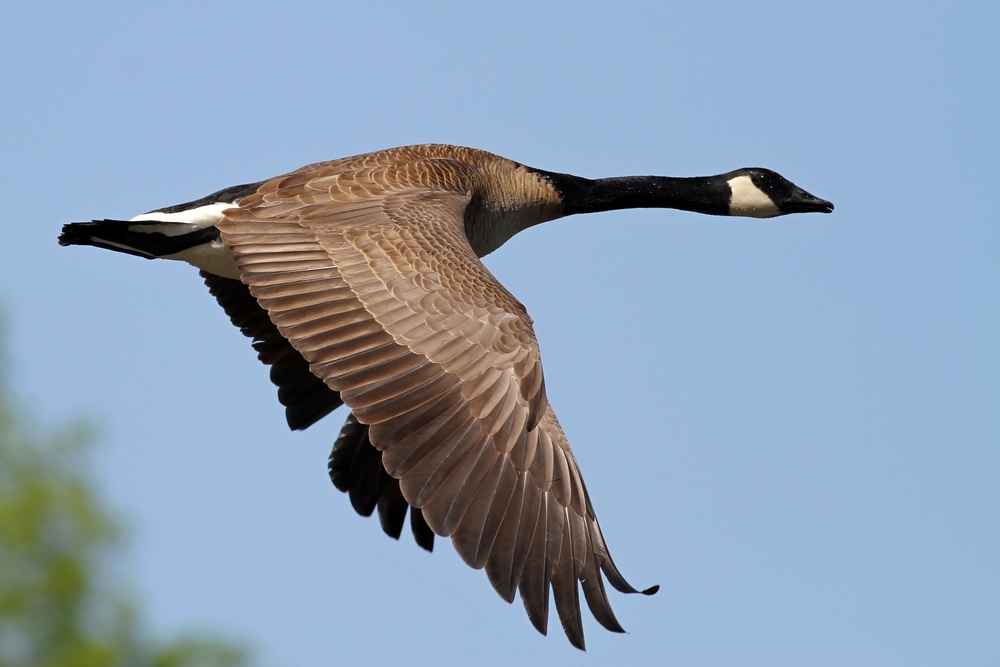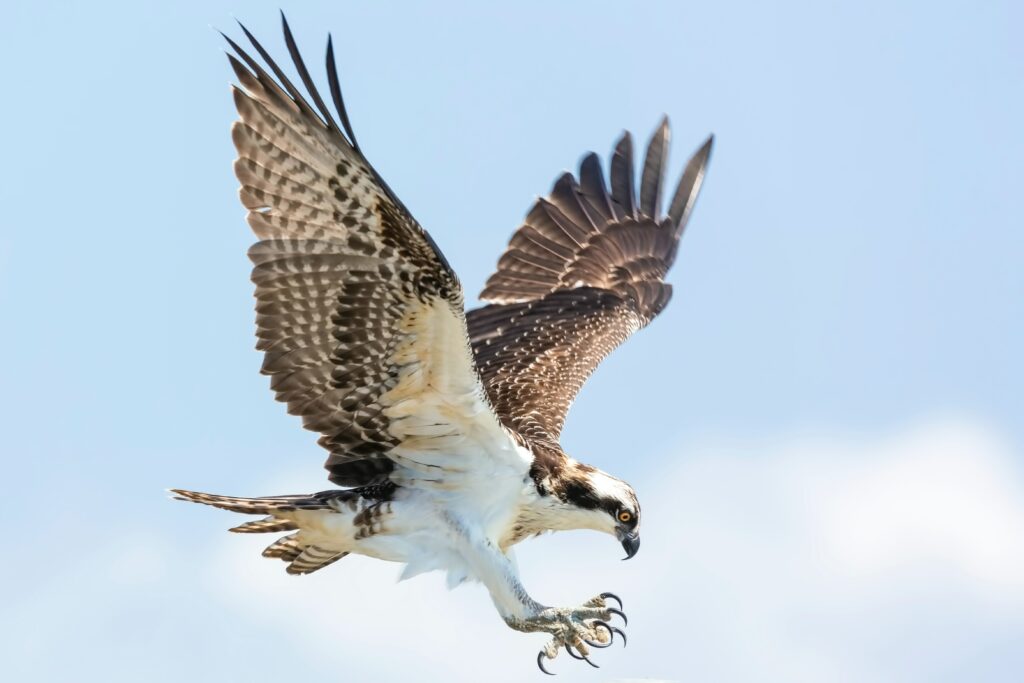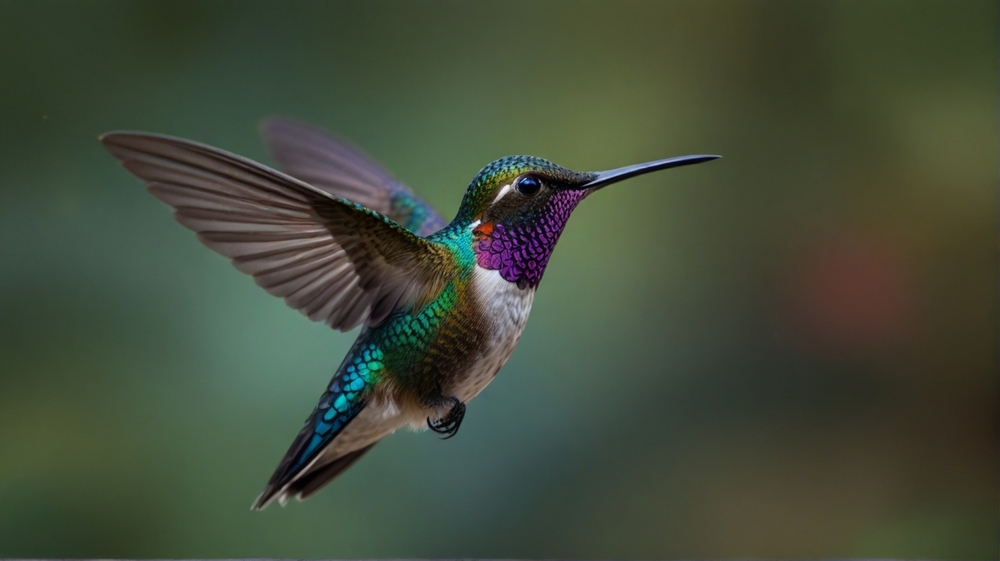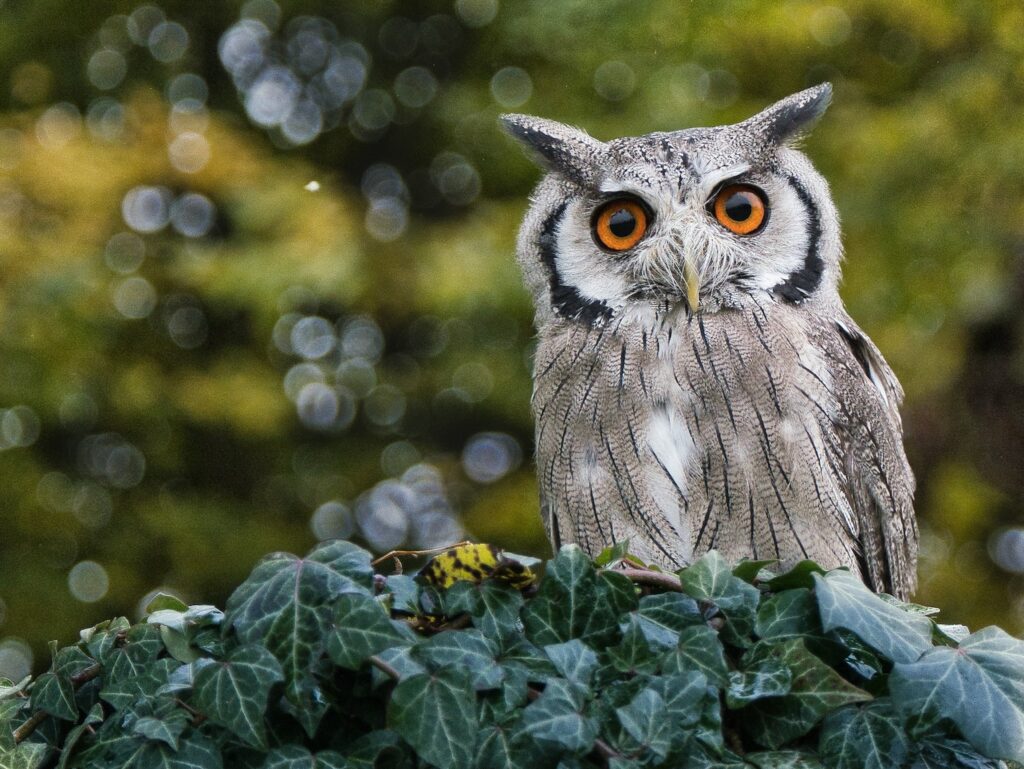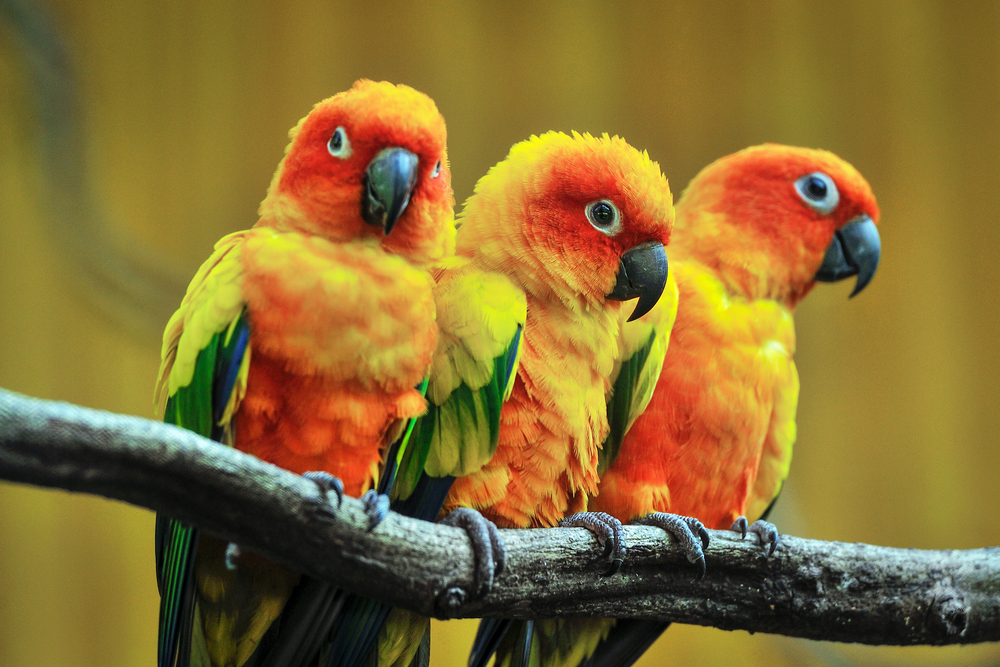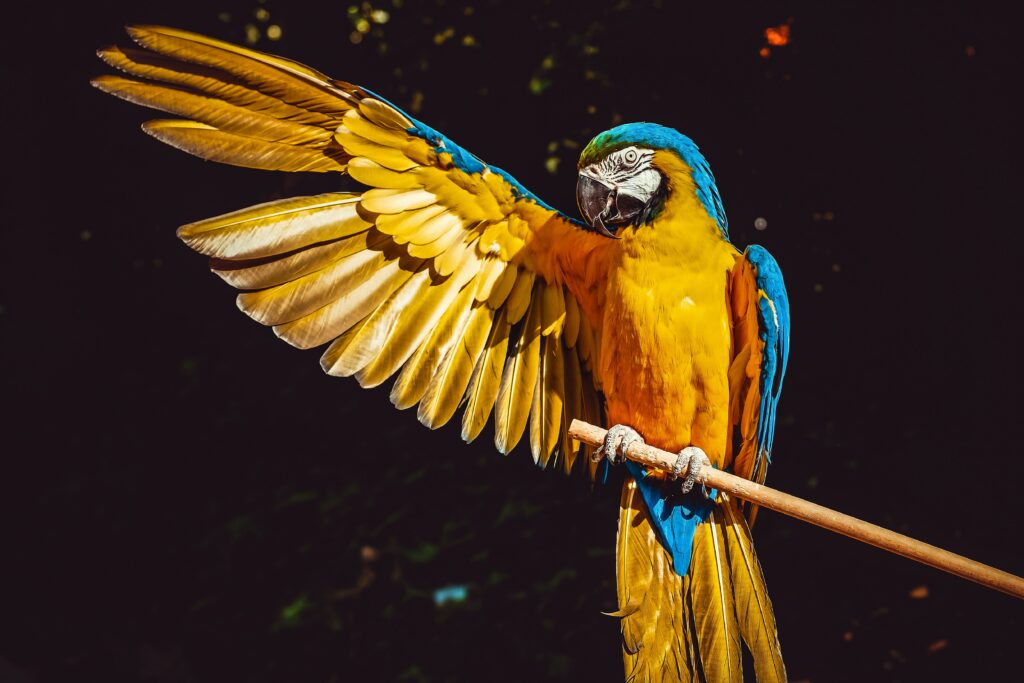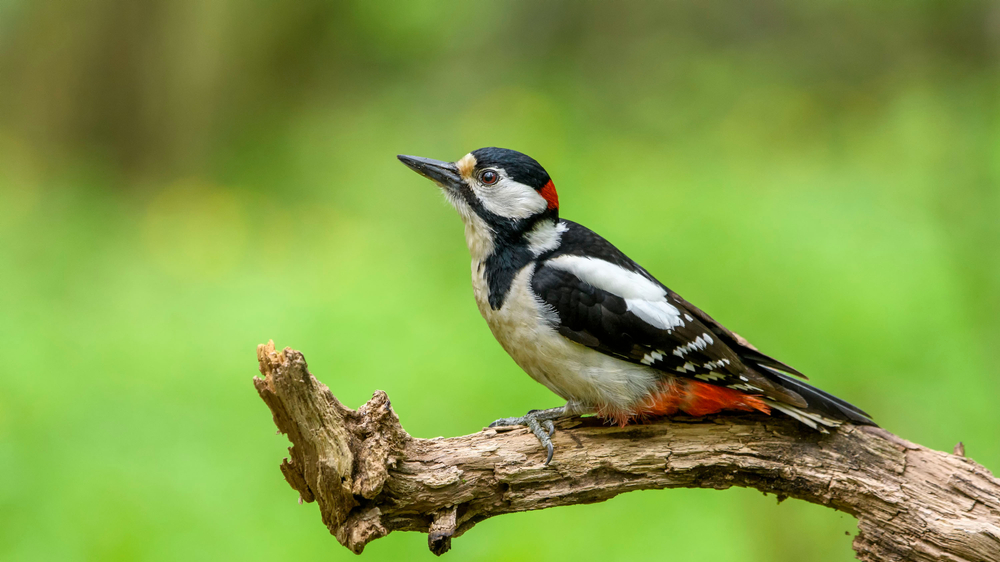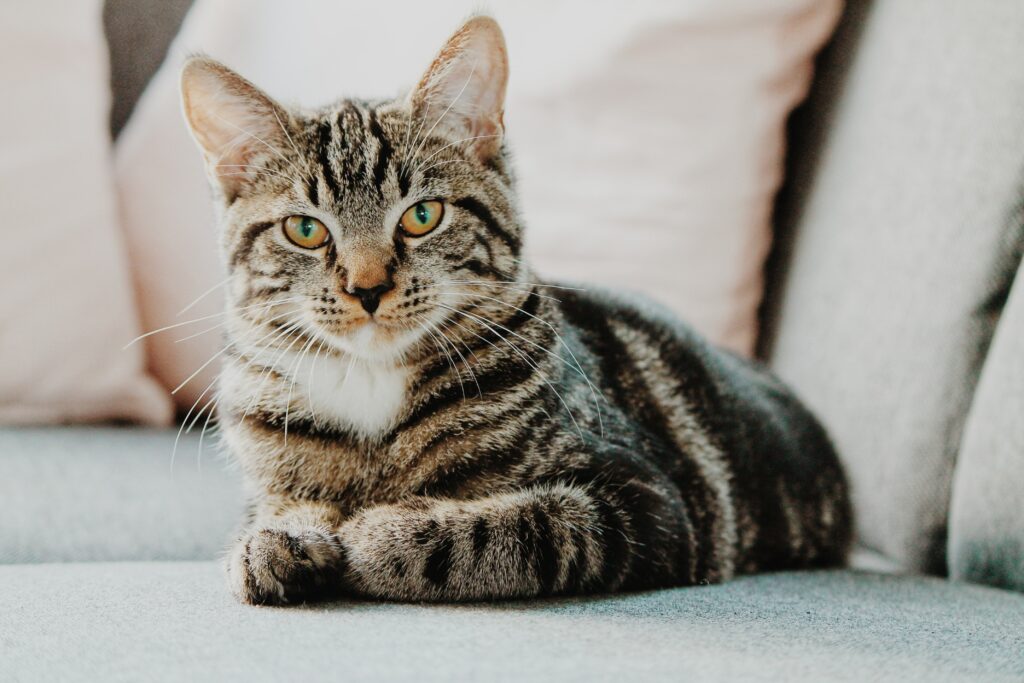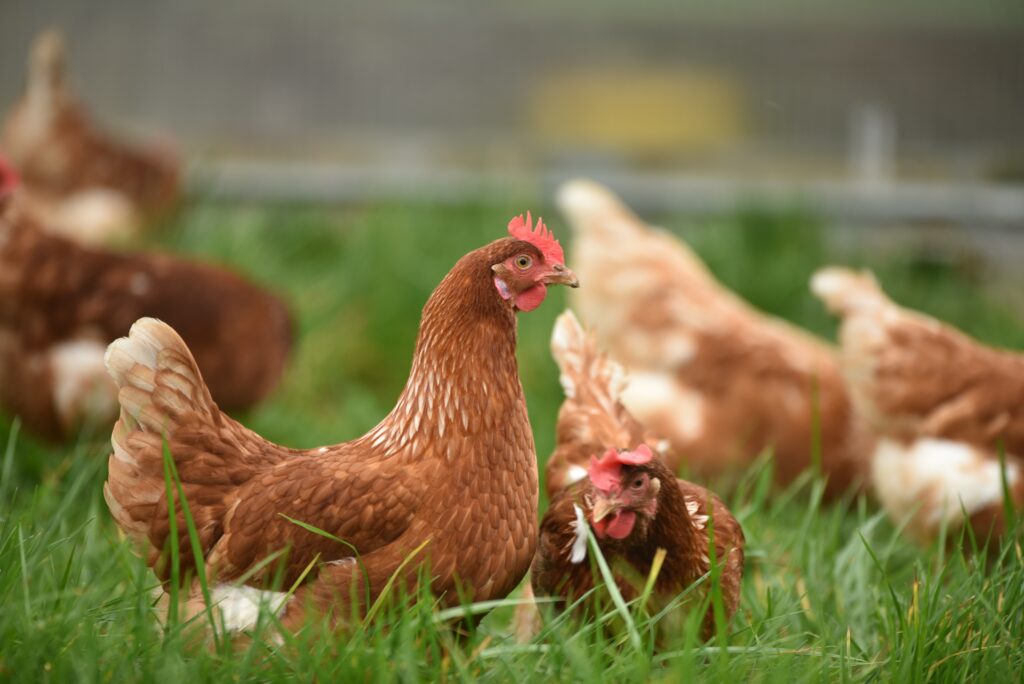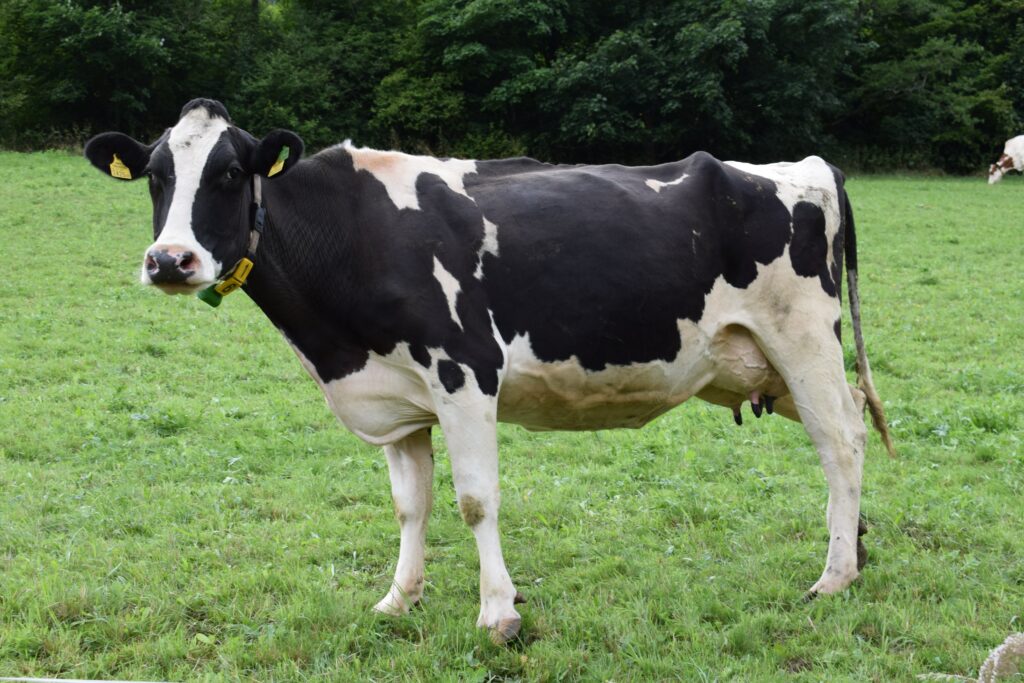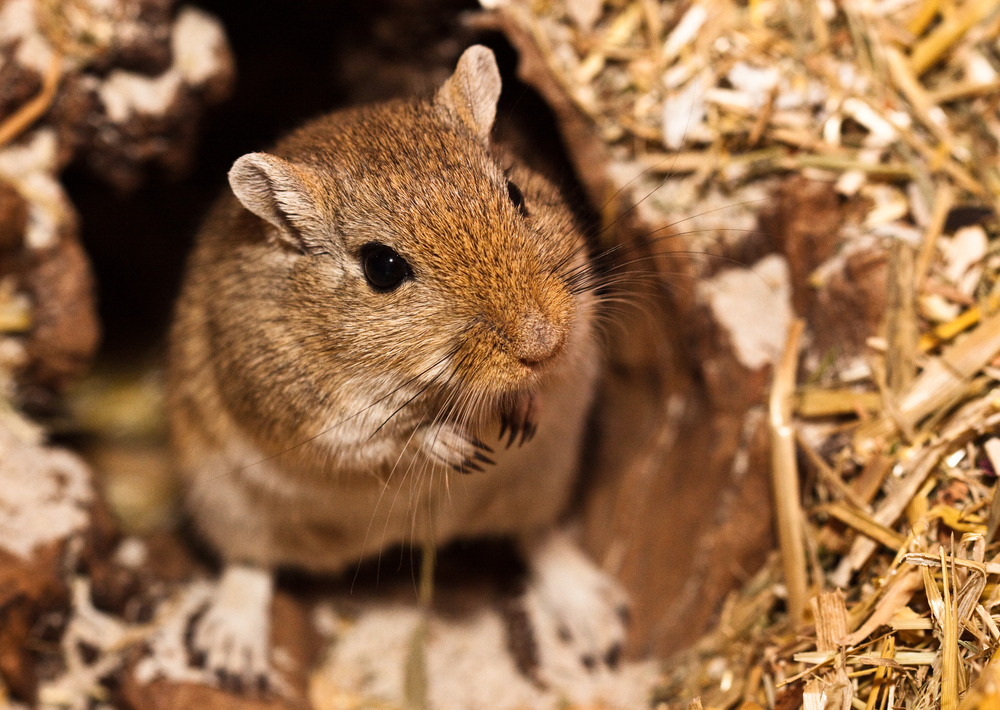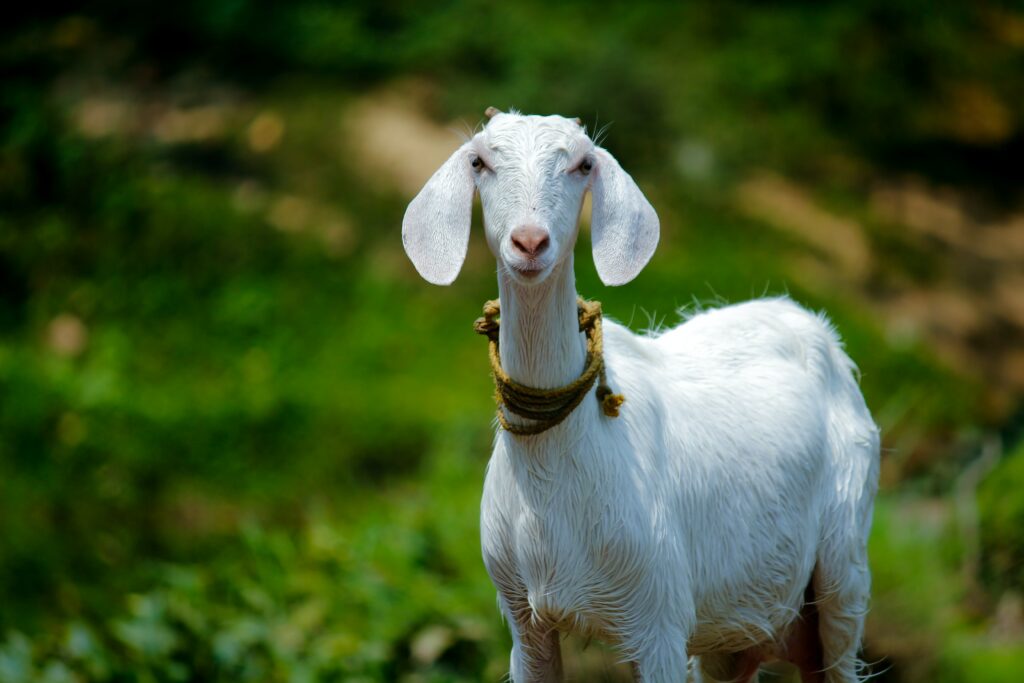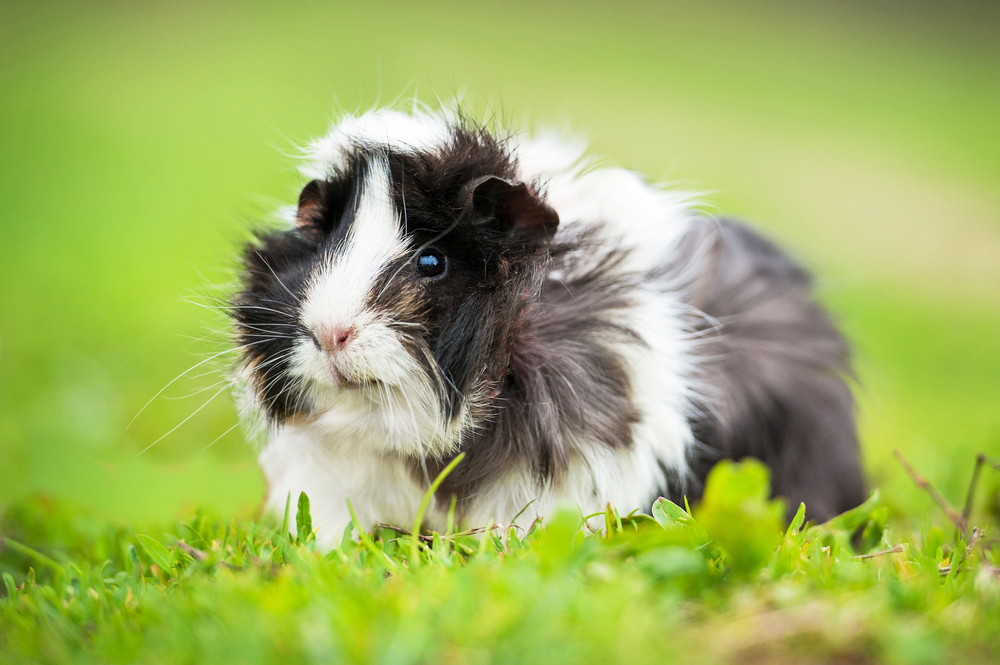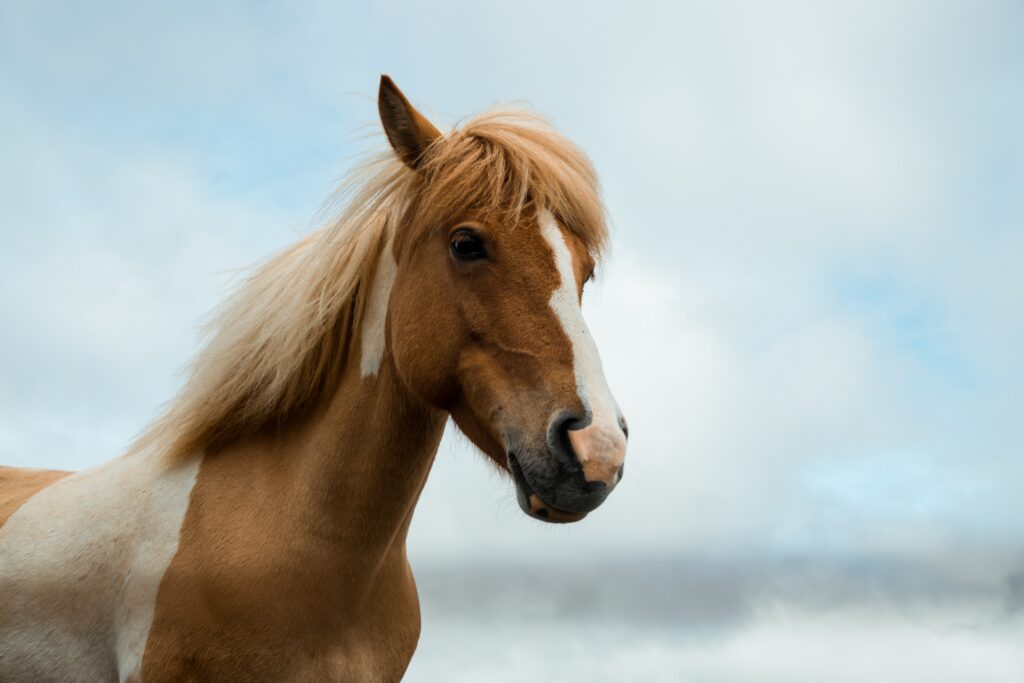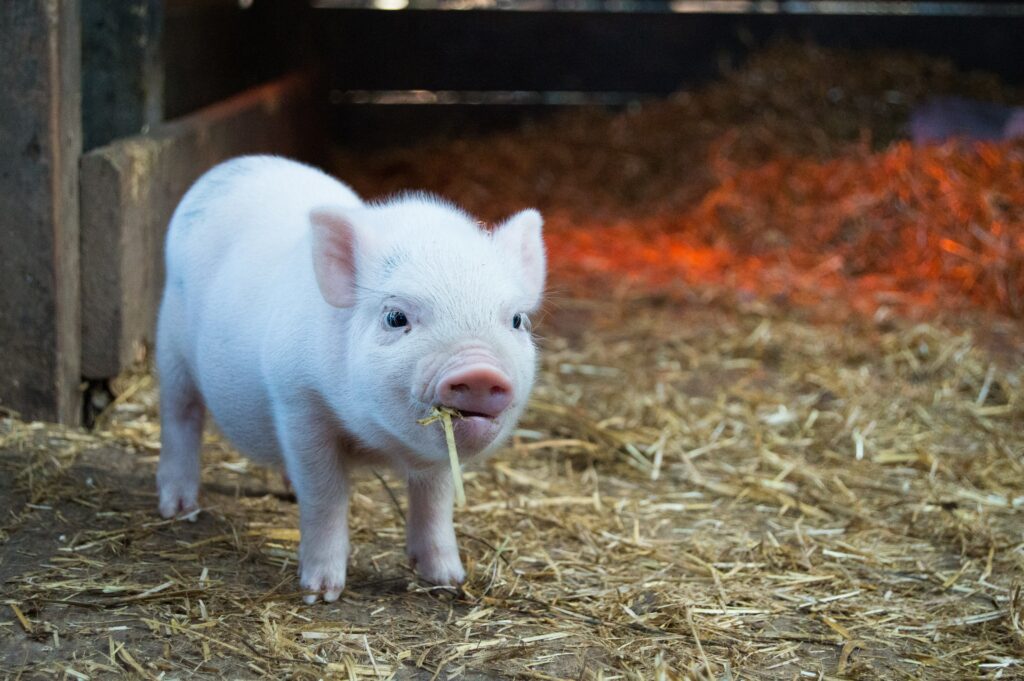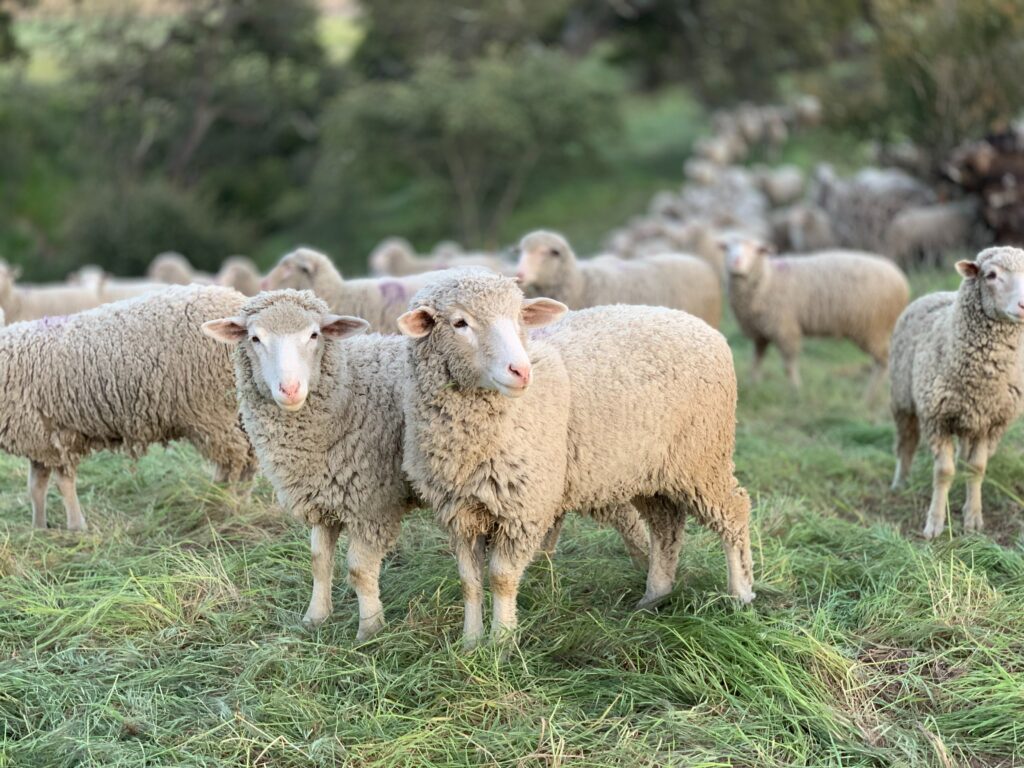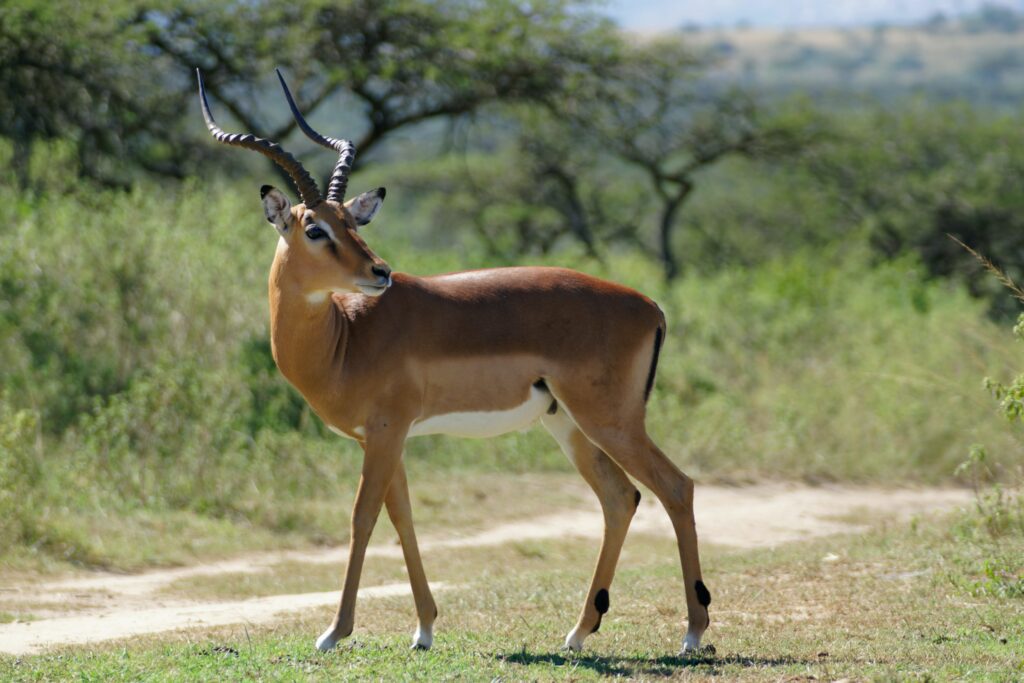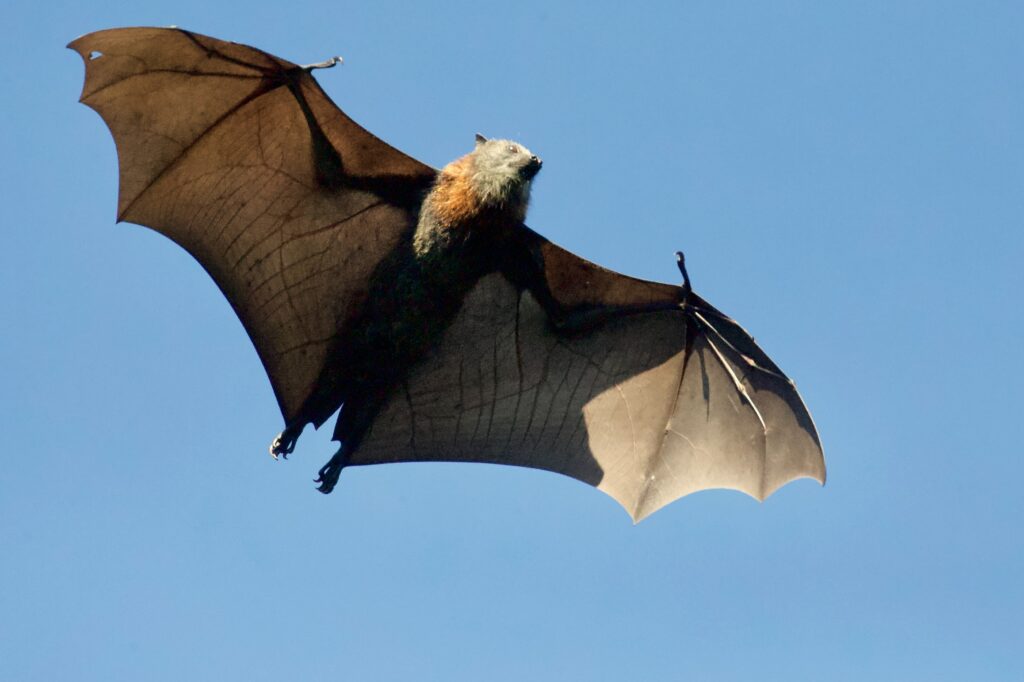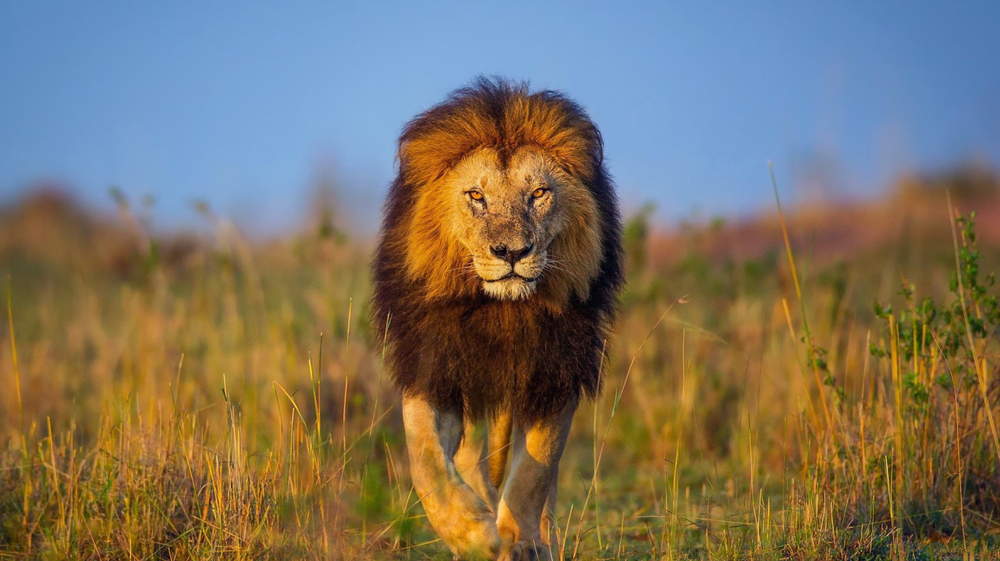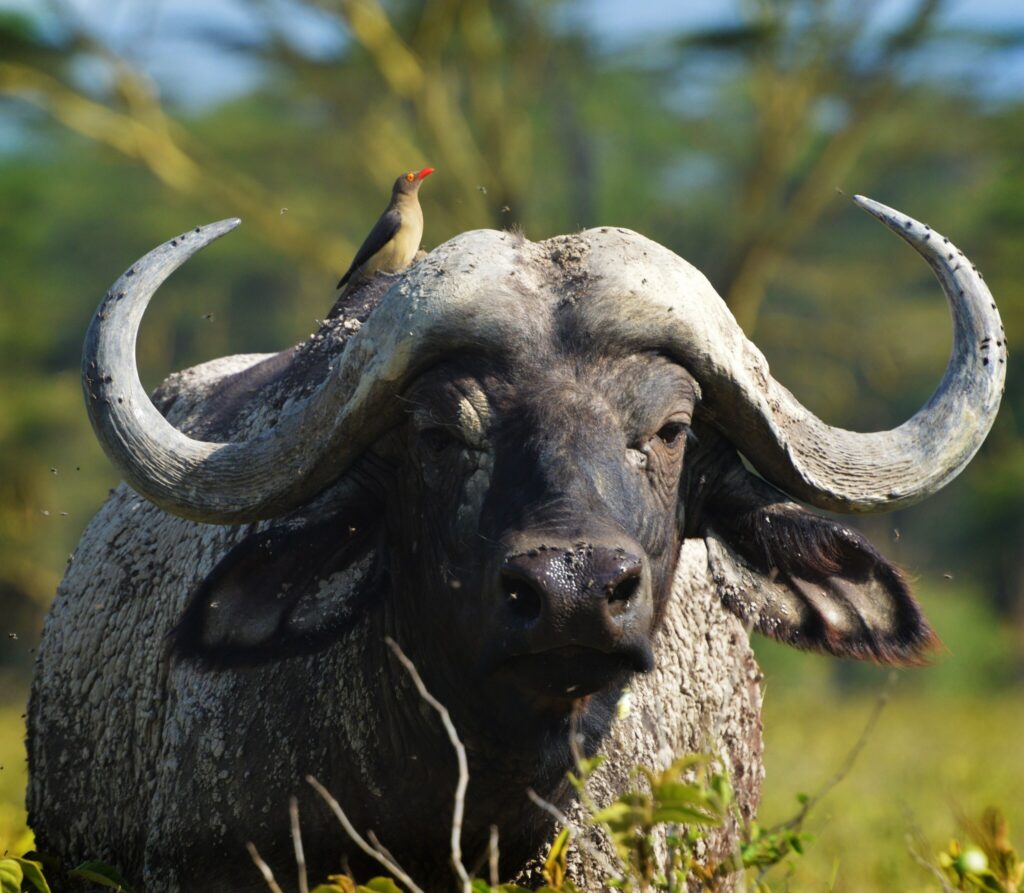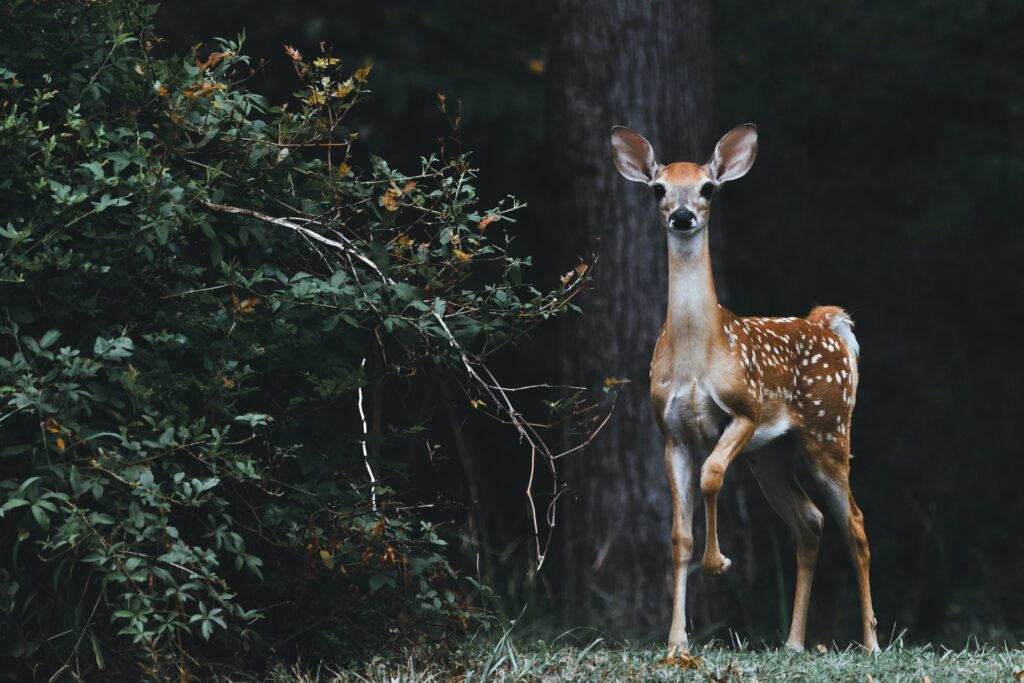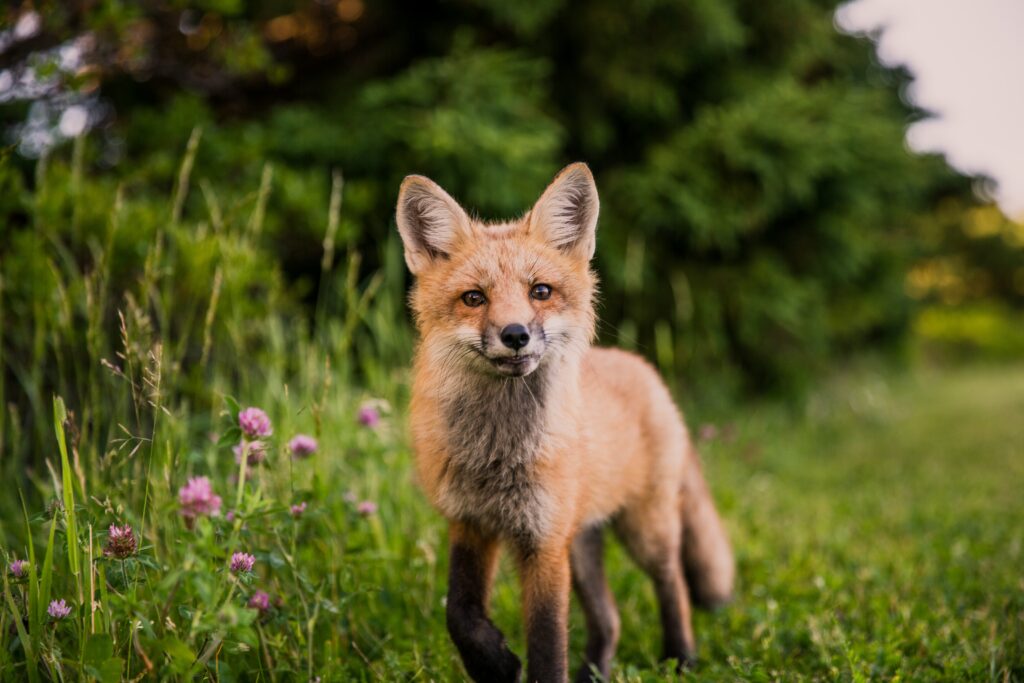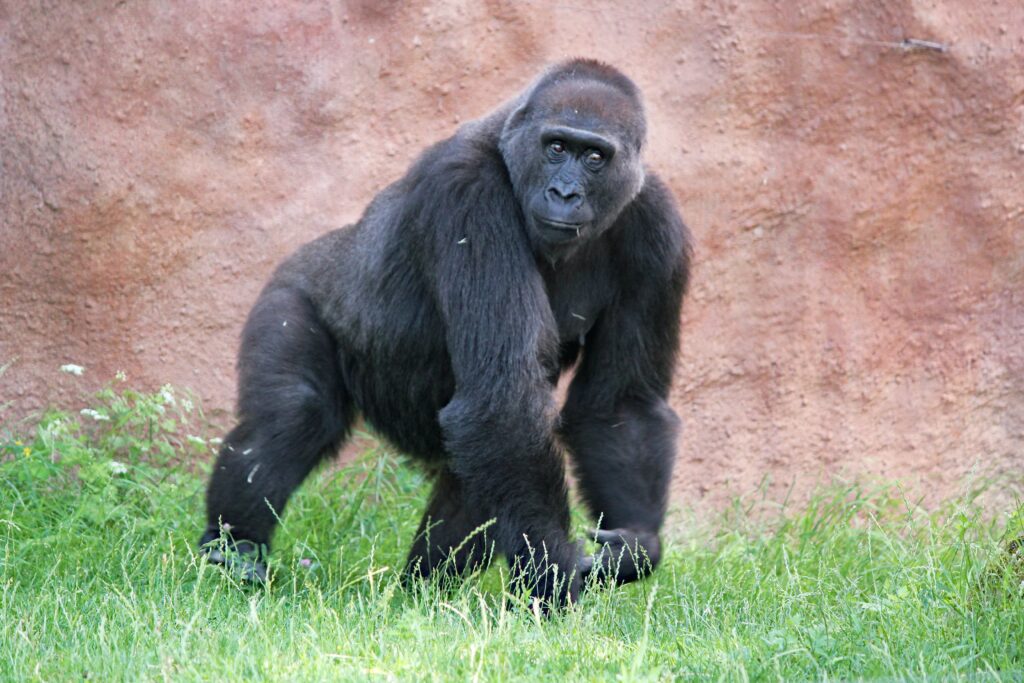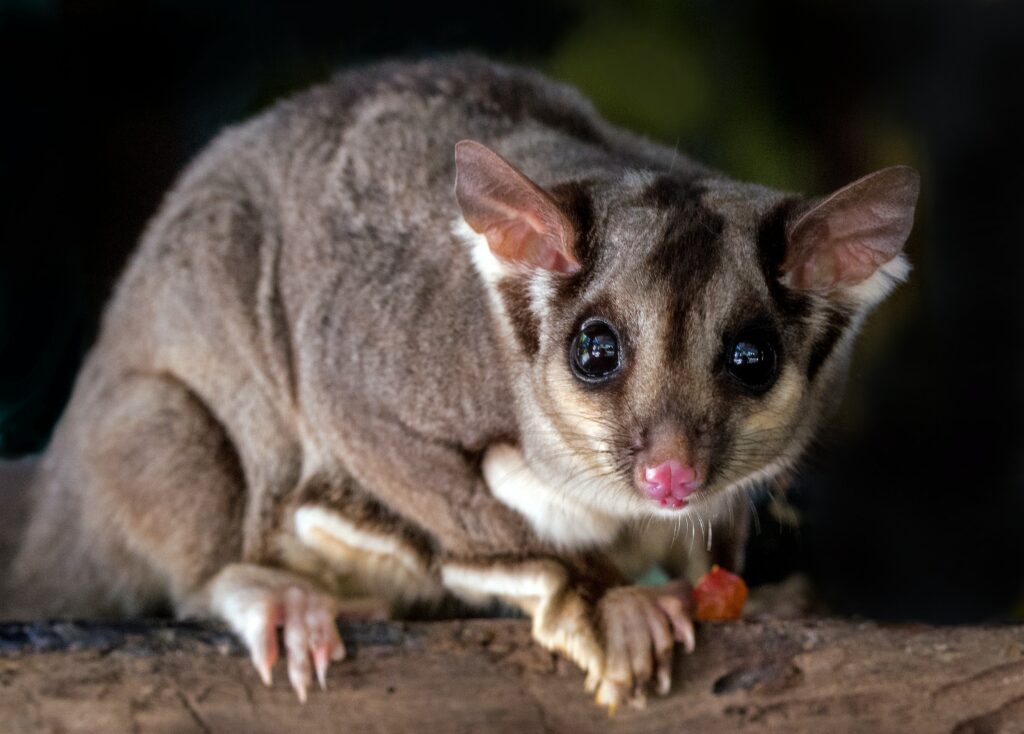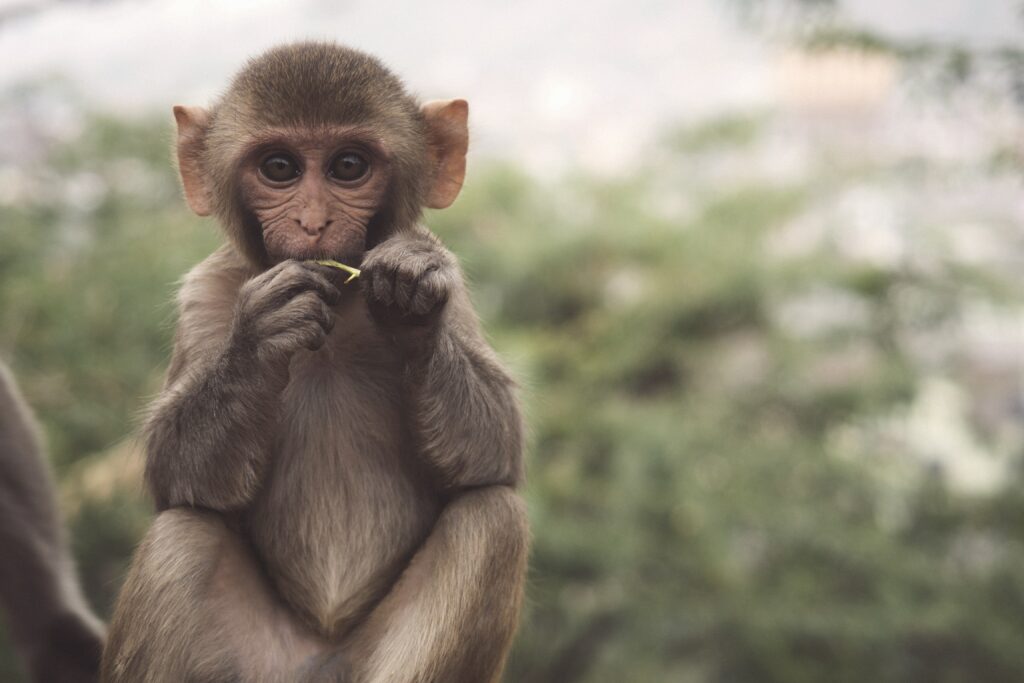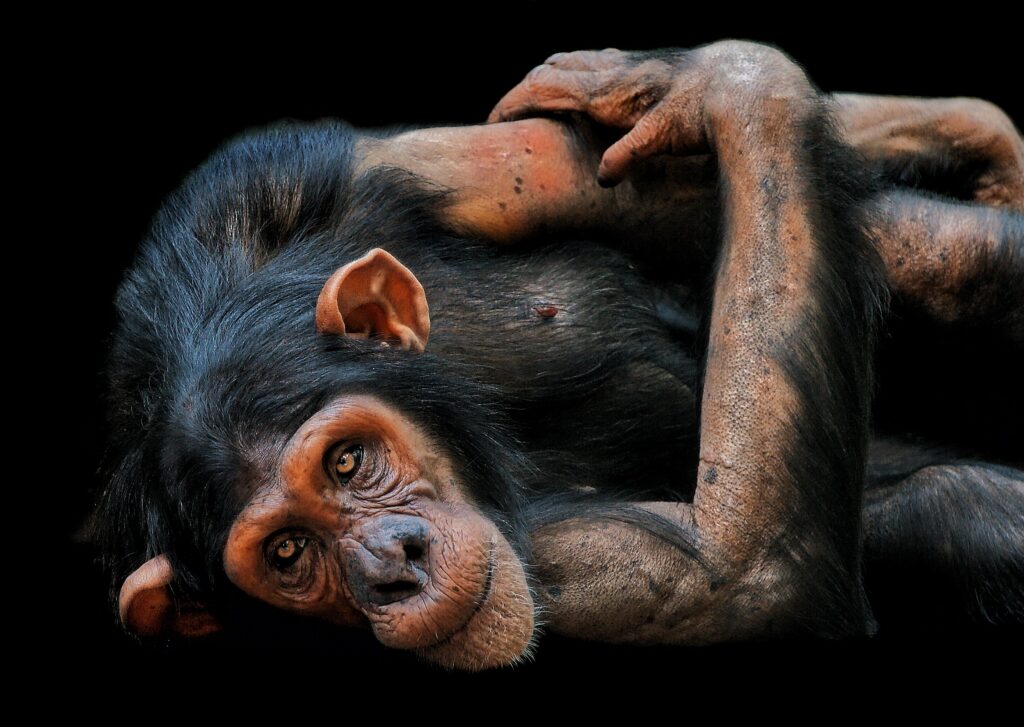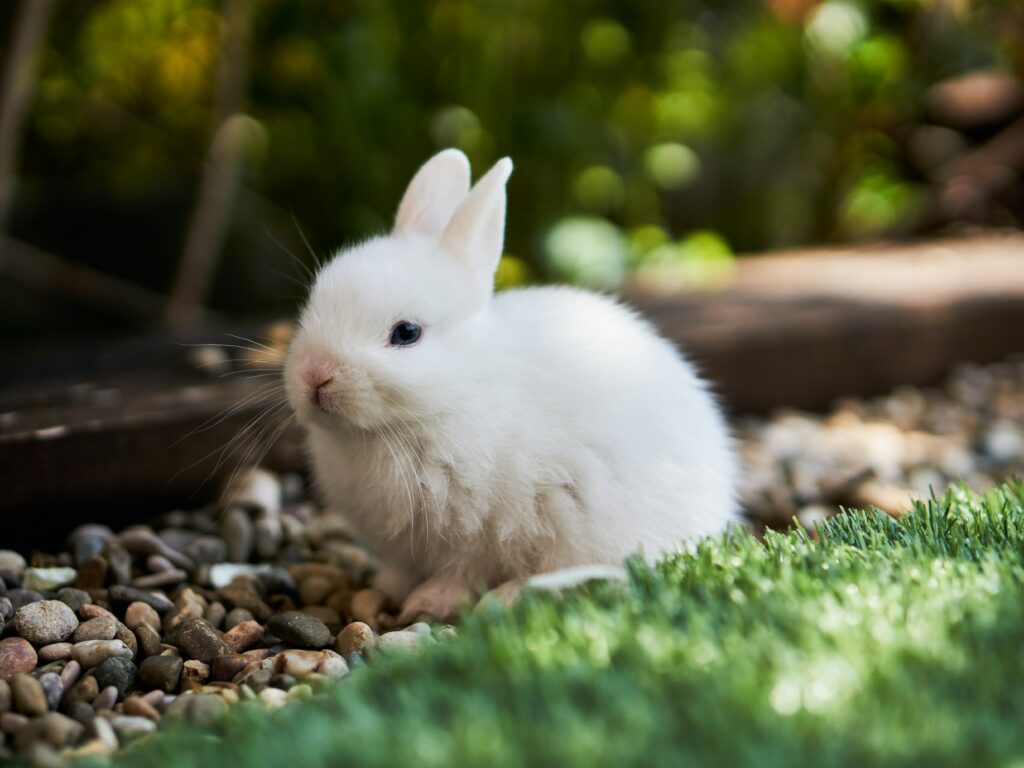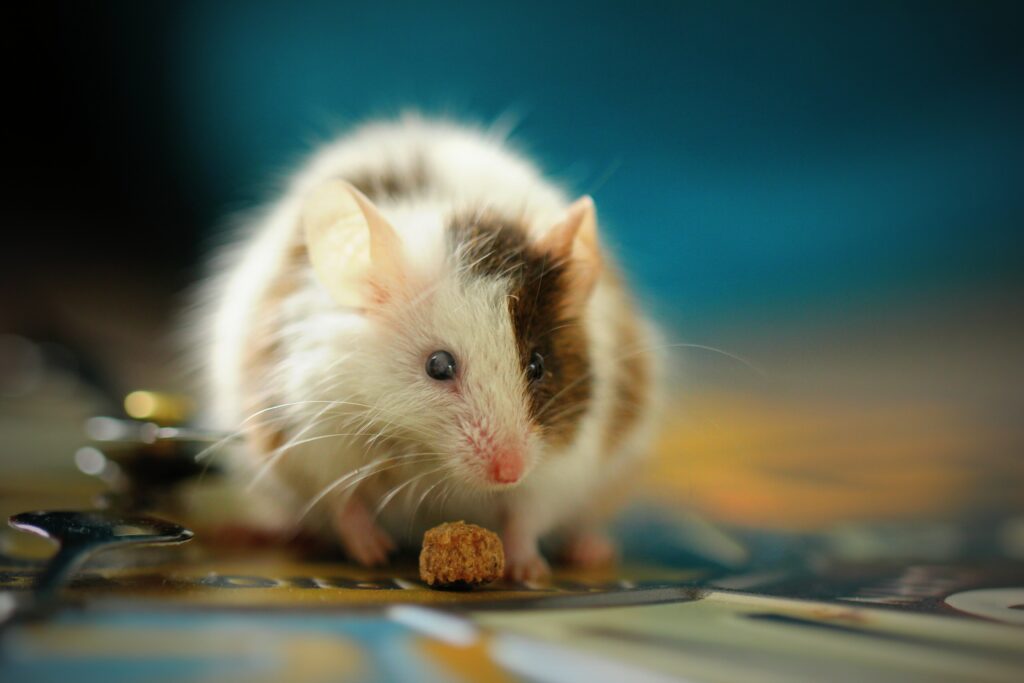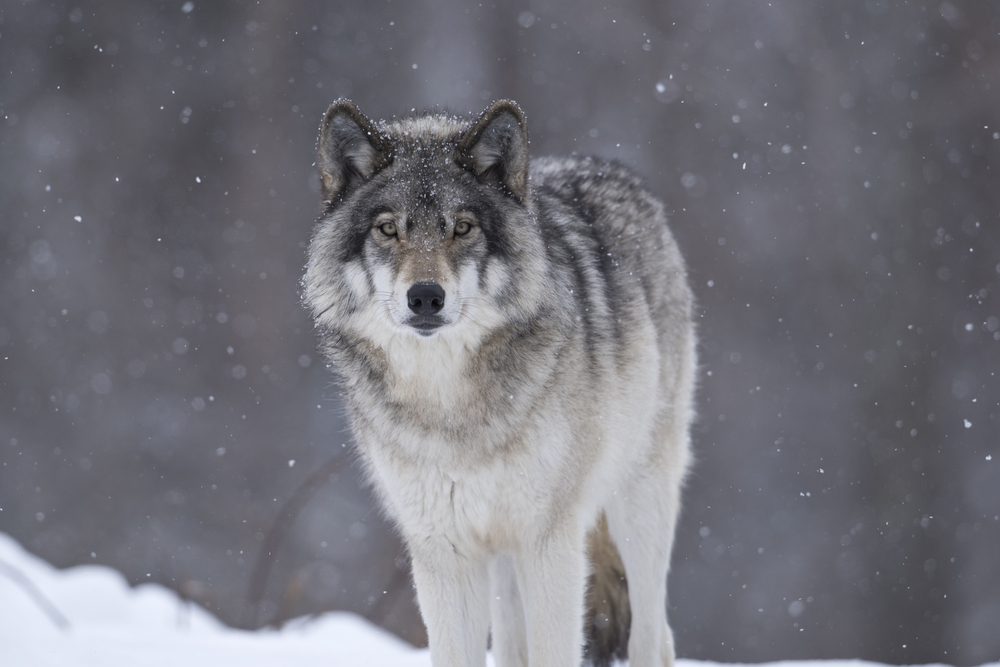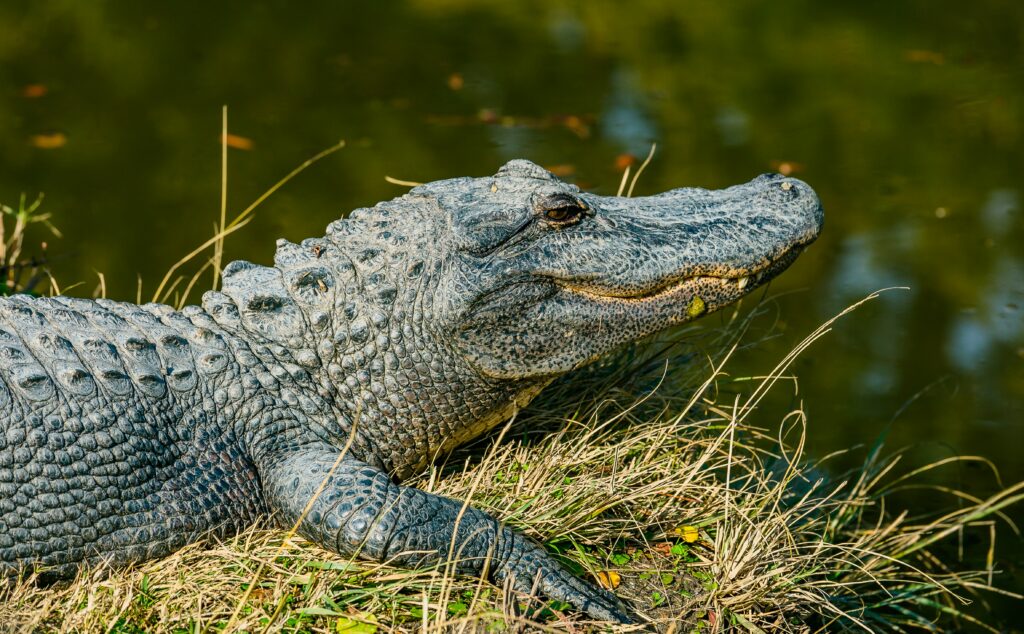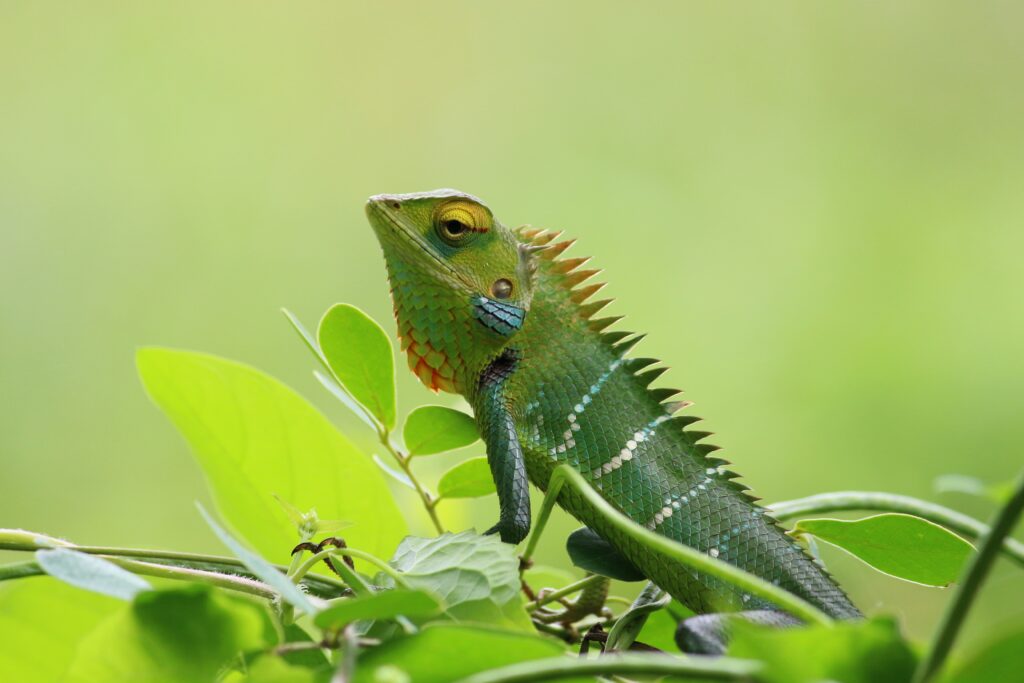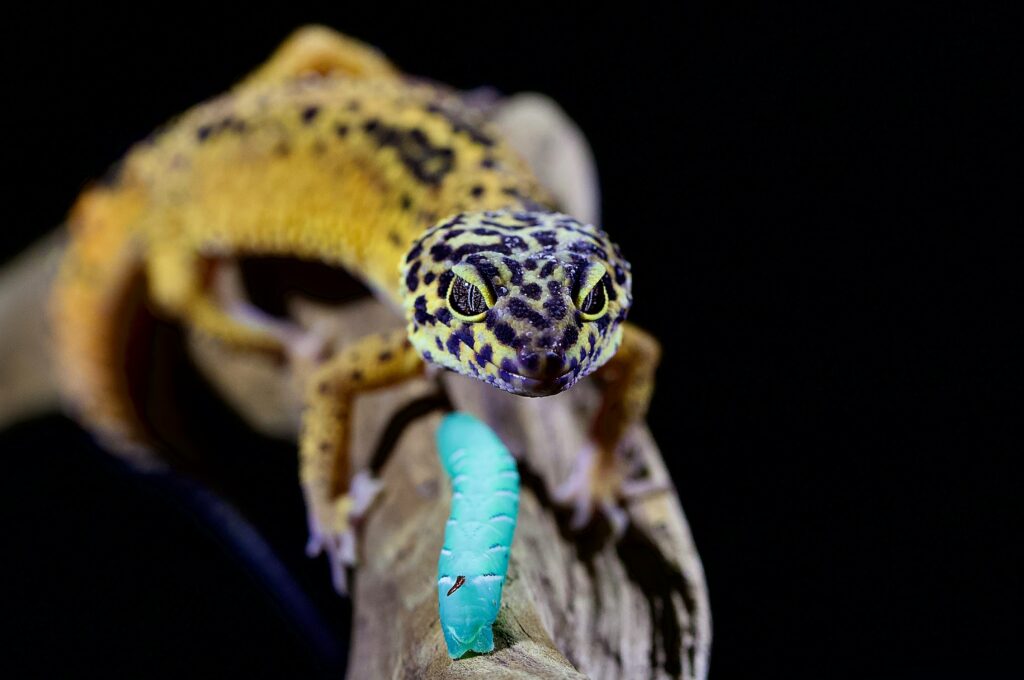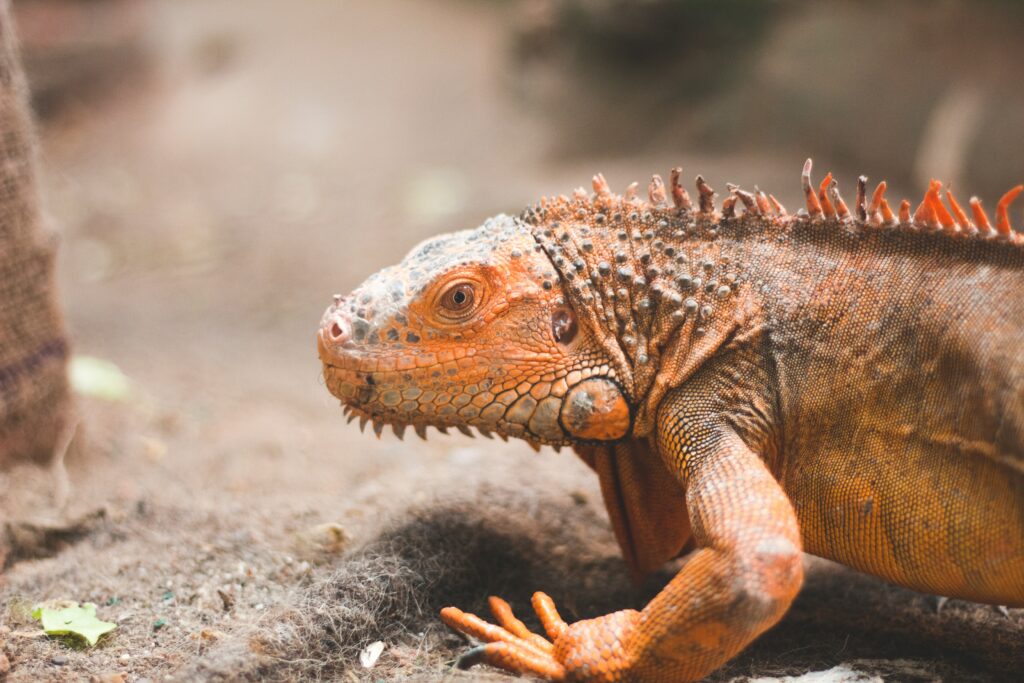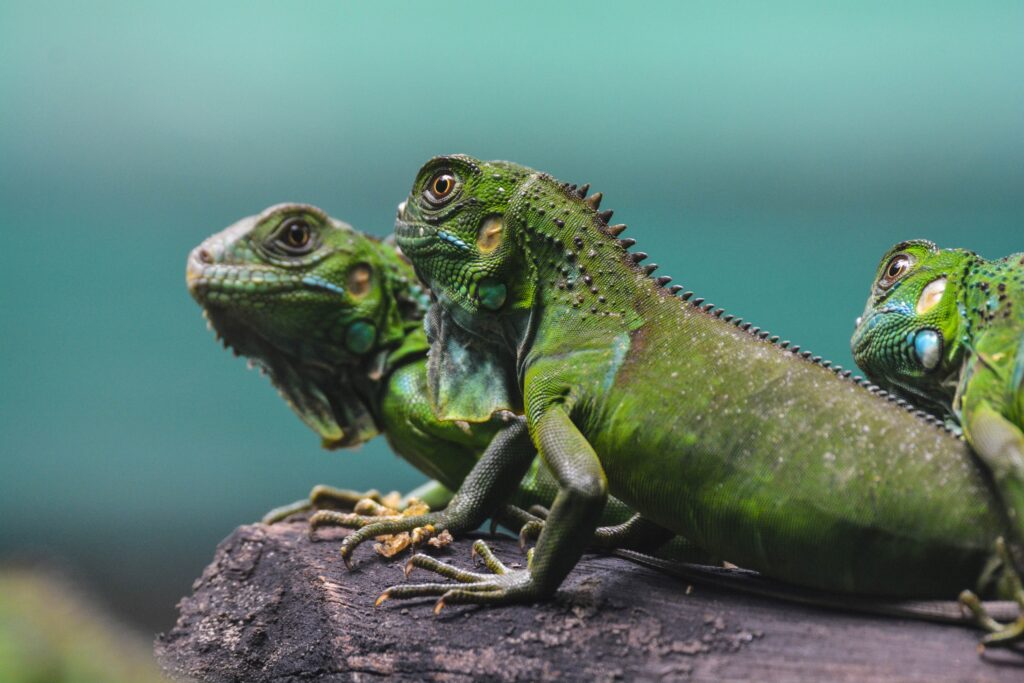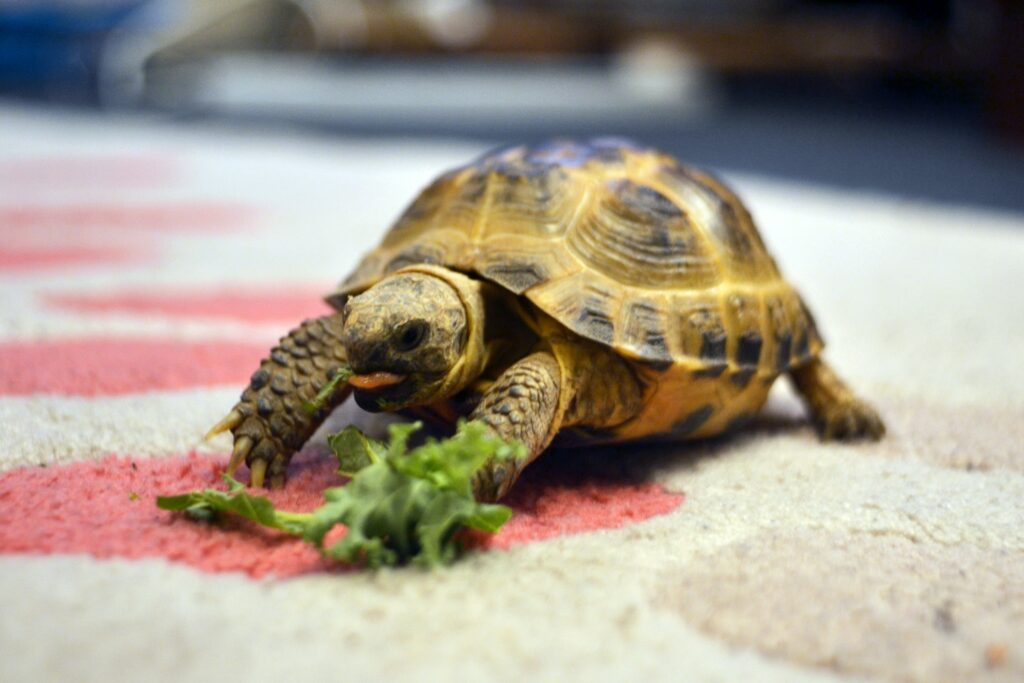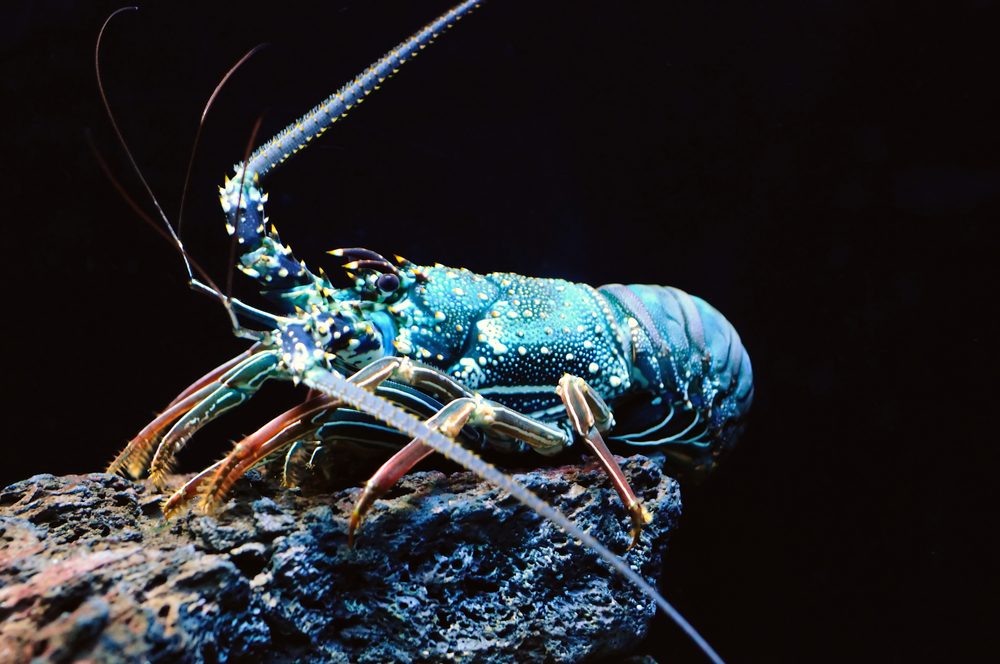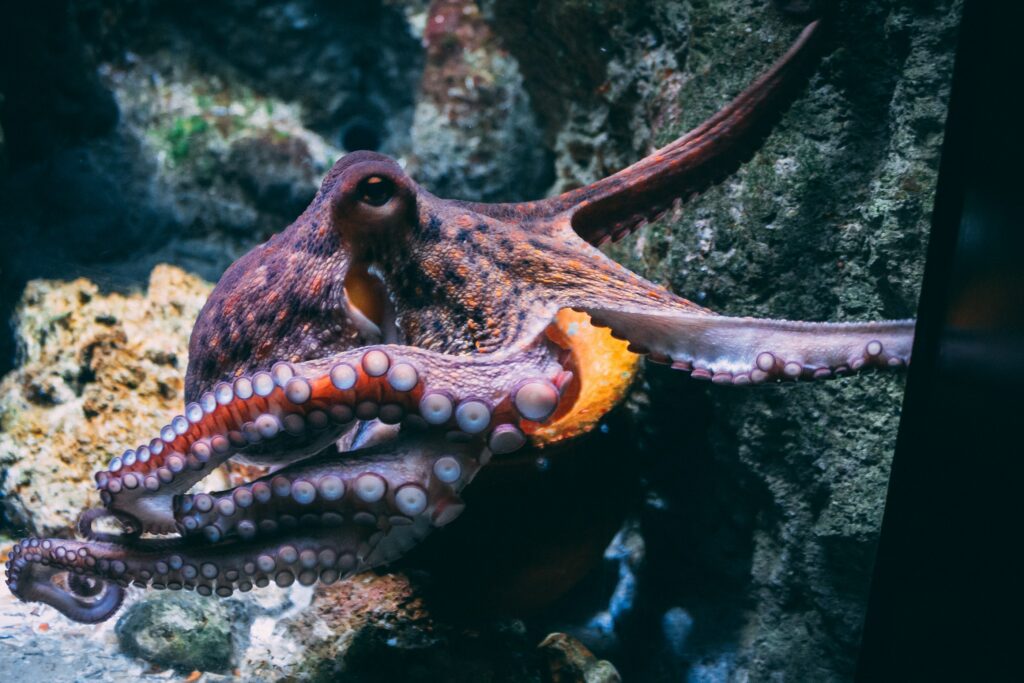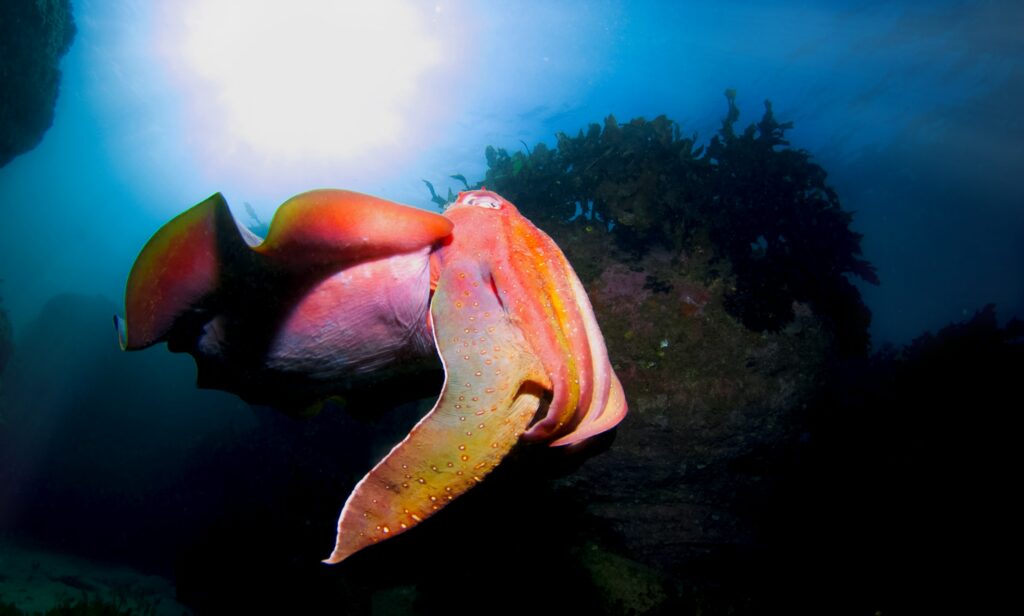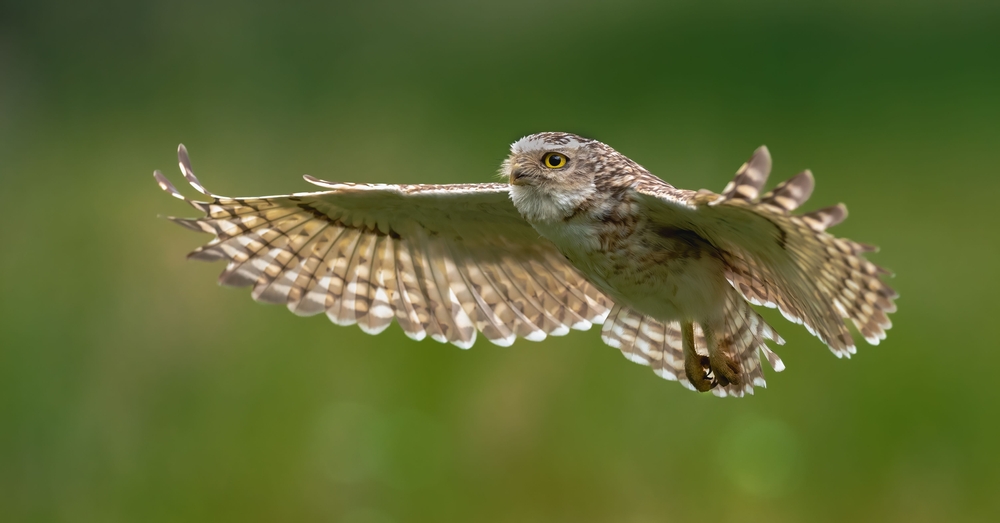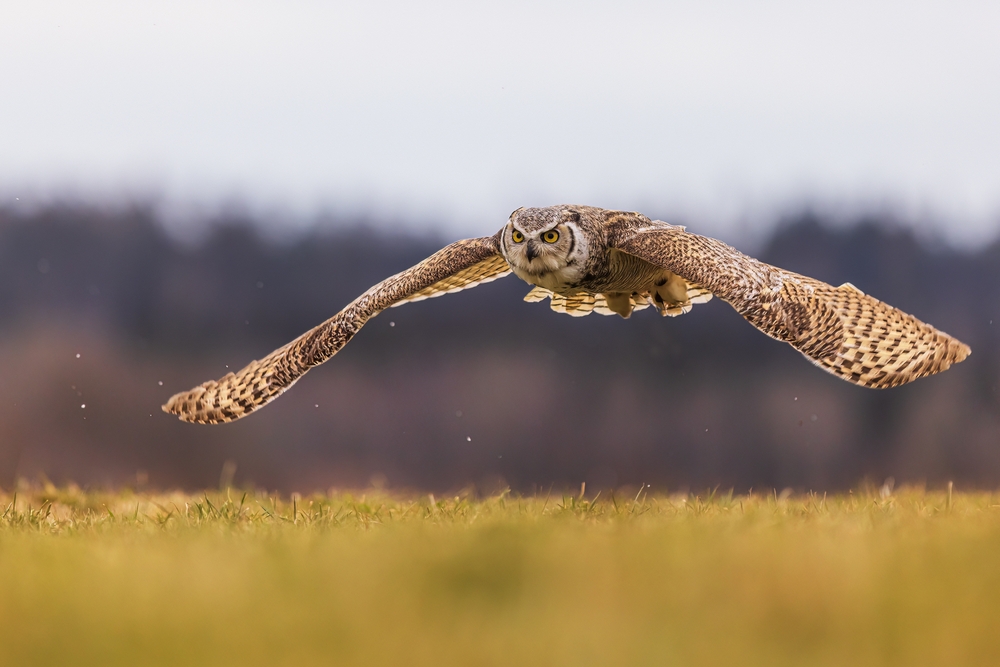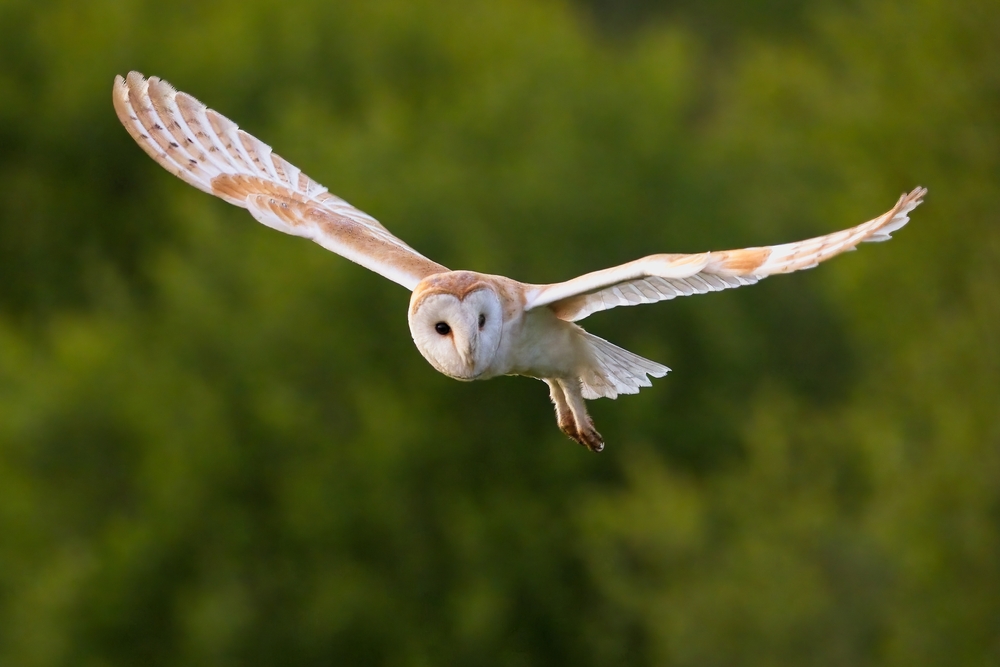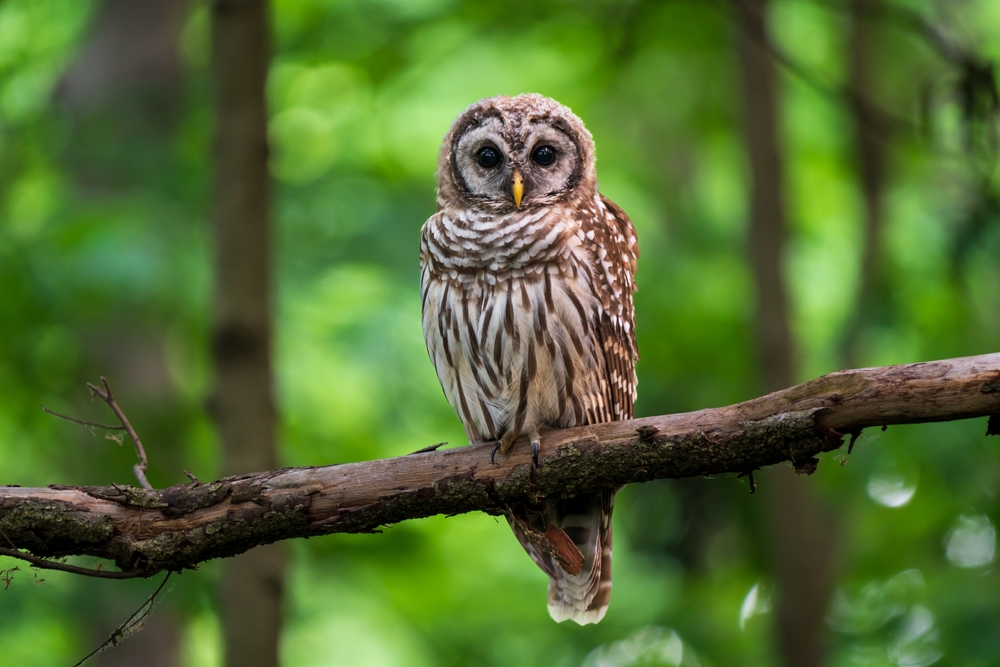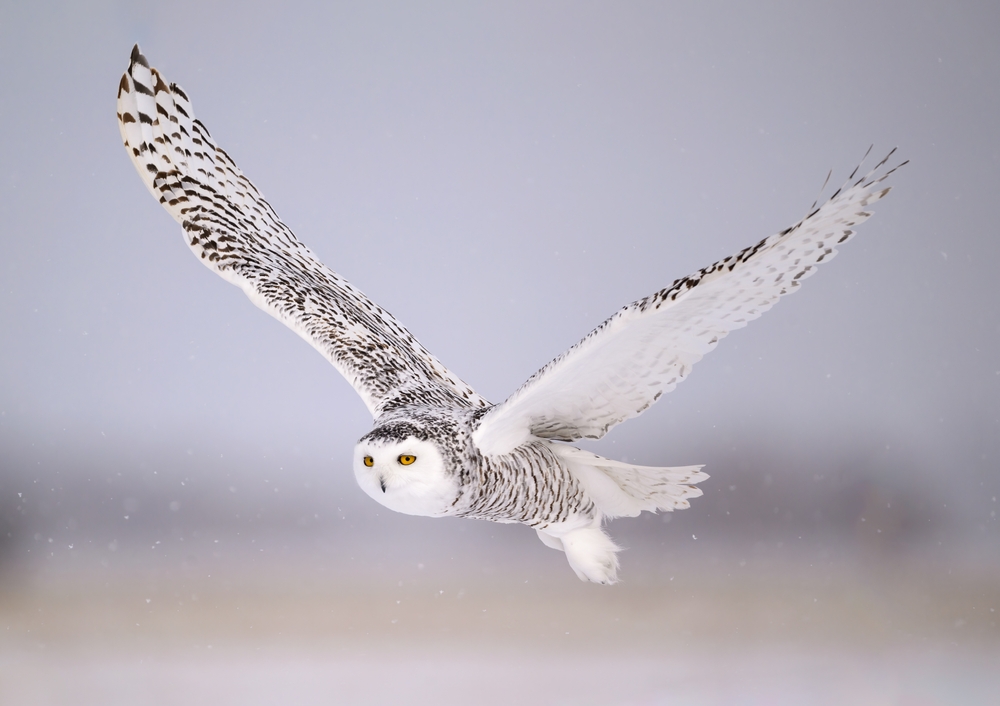The Burrowing Owl is one of the most unique and distinctive owls in the world, especially when compared to other owl species. Here’s how it stands out across several key categories:
Habitat
-
Burrowing Owl: Prefers open grasslands, deserts, prairies, and agricultural fields. Lives on or underground in burrows.
-
Most Other Owls: Typically inhabit forests, woodlands, or dense vegetation, nesting in tree cavities, abandoned nests, or cliff ledges.
✅ Unique Trait: It is one of the few owls that live underground, often in burrows dug by mammals like prairie dogs or ground squirrels.
Activity Pattern
-
Burrowing Owl: Unusual among owls for being diurnal and crepuscular—active during the day and twilight.
-
Most Other Owls: Strictly nocturnal, hunting and calling mainly at night.
✅ Unique Trait: Regular daytime activity makes them more visible and easier to observe than most owl species.
Hunting Style
-
Burrowing Owl: Hunts both on the ground and from low perches; capable of running down prey on foot.
-
Most Other Owls: Hunt primarily from elevated perches, using swooping flight to capture prey.
✅ Unique Trait: Their long legs allow them to run and chase prey, a rare behavior in owls.
Diet
-
Burrowing Owl: Highly omnivorous and opportunistic, feeding on insects, small mammals, reptiles, amphibians, and even carrion.
-
Most Other Owls: Primarily carnivorous, with a focus on small mammals and birds.
✅ Unique Trait: Greater emphasis on insects and seasonal food shifts, showing dietary flexibility.
Nesting Behavior
-
Burrowing Owl: Uses or digs underground burrows, often coexisting with burrowing mammals.
-
Most Other Owls: Nest in trees or cliffs, typically using elevated nesting sites.
✅ Unique Trait: They may decorate burrow entrances with items like dung, feathers, or food remains—possibly for scent masking or attracting insects as food.
Size and Appearance
-
Burrowing Owl: Small, slender body (7.5–10 in), long legs, rounded head with no ear tufts.
-
Other Small Owls: Like the Eastern Screech Owl or Northern Saw-whet Owl, are also small but tend to be stockier, with shorter legs and often facial discs or ear tufts.
Vocalizations
-
Burrowing Owl: Has a wide range of vocalizations, including chattering, rasping calls, and even mimicking rattlesnake sounds to scare predators from the burrow.
-
Most Other Owls: Use hoots, whistles, or screeches as part of territorial or mating calls.
Social Behavior
-
Burrowing Owl: More tolerant of communal nesting, sometimes forming loose colonies.
-
Most Other Owls: Are highly territorial and solitary, especially outside of breeding season.
Conclusion:
The Burrowing Owl is an owl of open spaces, breaking many of the rules we associate with owls—active during the day, living underground, and running after prey. These traits make it not only fascinating but also an evolutionary outlier among owls.

